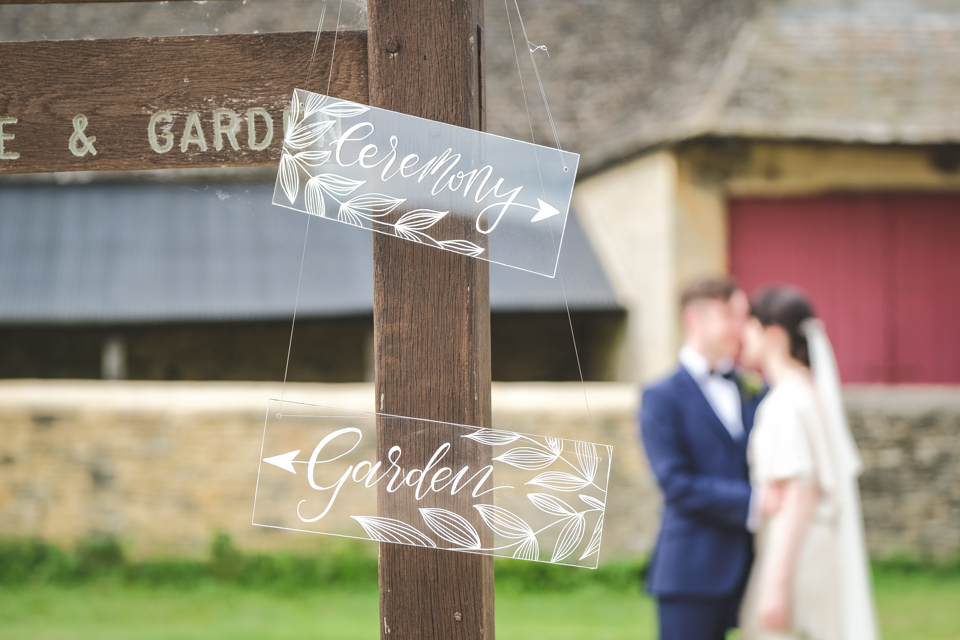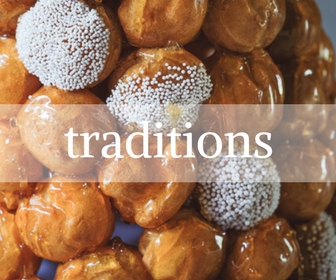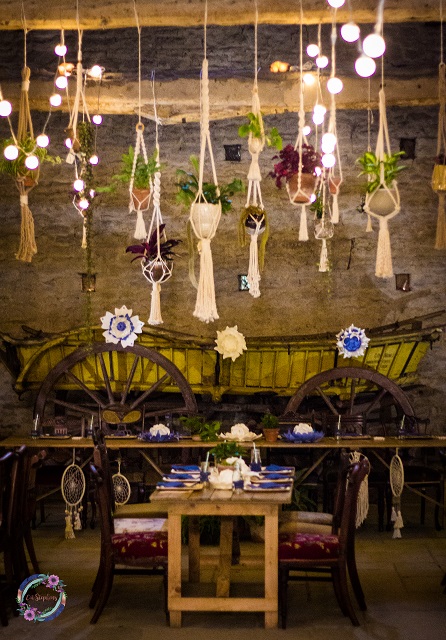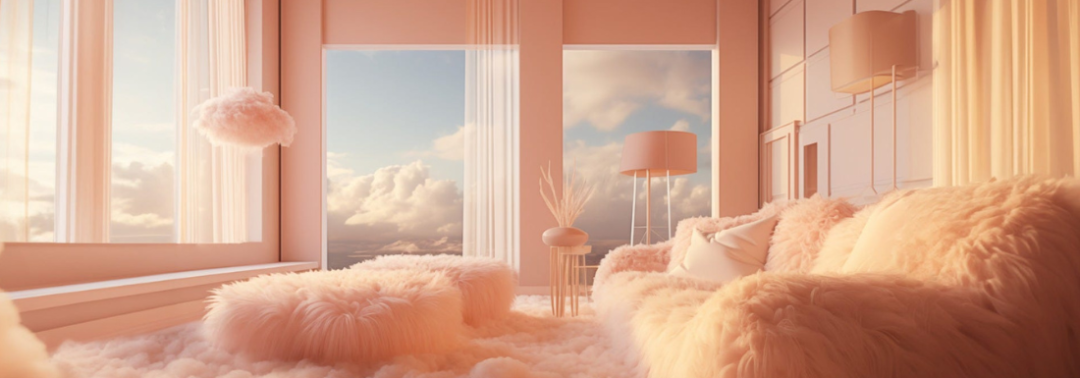
1924 vs 2024
trends through the decades
I love looking back through the decades at trends and events (even the recent past) which can provide such inspiration and insight.
Previously, I looked at real weddings over the years in my ‘weddings through the decades’ series on my wedding blog which looked at Britain at that time, significant inventions, highlights of the year, wedding trends and wedding statistics:
- Weddings through the decades: 2000s
- Weddings through the decades: 1990s
- Weddings through the decades: 1980s
- Weddings through the decades: 1970s
It’s great to look for patterns and take lessons and learn from each era:
So in that vein, ten years on since my first blog post, here’s a look at a comparison between the roaring 20s and our current 2020s.
history repeating
History has a habit of repeating itself. Trends often recur (yes, flares are back again with a throwback to the 90s and before then the 70s). Some events are cyclical, some habitual, some traditional. How often they occur can vary from daily, weekly, monthly, quarterly, yearly or this period can differ each time.
There seems to be a few comparisons between 1924 and 2024, such as:
- 1924 was a leap year (which this year is too)
- The Summer Olympics were held in Paris in 1924 and it will host them again this summer. Incidentally, the first Winter Olympics were also held in France in 1924 (in Chamonix French alps).
- There was a general election in 1924 in the autumn which we can only guess may be when we have one in 2024 too.
Britain in 1924
Britain was still recovering after the First World War (which ended in 1918) plus the Spanish flu pandemic (which ended in 1920) which both resulted in many deaths.
It was a decade of two halves. At the beginning, the peace following war brought prosperity and for some the war had proved quite lucrative. So it was a time of decadence (until the mid-1920s when interest rates and unemployment rose, particularly in the north of England where coal and steel industry suffered).
- Families started to get smaller with 3 or 4 children the norm. Divorce was now accepted as a marital status. Primary schooling was now free for all children so they stayed until 14 years old.
- Women were more independent after the suffragette movement gave women over 30 the vote in 1918 (this dropped to 21 years old in 1928) and many had been employed during the war. This confidence resulted in flapper fashion trends with short hair and shorter dresses.
- George V (grandson of Queen Victoria) was nearly half way through his 26 year reign. He was the first monarch of the house of Windsor.
- Ramsay MacDonald was the first Labour Prime Minister for nine months of the year until the general election. Coincidentally, he was one of the three founders of the Labour Party along with someone called Keir (Hardie).
- The first commercial flights took place in this decade and in 1924 British Airways (then called Imperial Airways) began taking tourists abroad.
- Other great 1920s inventions included fridges, roller coasters and crosswords. And when we first saw Branston Pickle and Heinz Beans.
- Cinemas were being built around the country with top films of the year being Sherlock Jr, The Last Laugh, and Greed.
- The first shipping forecast was broadcast on radio and the first tv pictures were broadcast too.
- Sea shanties were a popular music choice and jazz music was just around the corner in 1926.
- Walking, cycling and motorsport were popular pastimes.
- The British Empire Exhibition was a colonial exhibition held at Wembley Park.
Britain in 2024
Britian is still recovering from the Coronavirus Covid-19 pandemic, cost of living crisis and the aftermath of major world conflicts such as the Ukraine war.
- Families are smaller still and come in all shapes and sizes with on average 1-2 children. Education is free until age 18.
- Fashion trends this year include short shorts, metallics, roses and bows.
- King Charles the third is King of England having just been crowned last year (on my birthday) and the fifth monarch in the house of Windsor.
- Conservatives are currently in government but Labour may come back in to power led by a man called Keir.
- There are around 1300 flights a day that fly in and out of Heathrow airport in London, UK.
- Technologically, artificial intelligence is the hot topic; 3D printing is advancing; extended/augmented/virtual reality continues to progress; sustainable technology is growing in importance; electric cars are becoming more popular; and you can get desk bikes to charge your phone.
- Films to look out for this year include a few remakes and sequels of some old classics, as well as: Mean Girls, Madame Web, Ghostbusters, Godzilla, The Fall Guy, Planet of the Apes, Inside Out 2, Despicable Me 4, Alien, Beetlejuice 2, Transformers One, Joker, Gladiator 2, The karate kid, Lion King (live action), and Sonic 3.
- There are over 480 tv channels in the UK (some are free to watch and others are subscription channels).
- Music is most commonly listened to via streaming services rather than people owning physical copies of records (or CDs or even cassettes) anymore.
- Gardening, cooking, reading and video gaming are popular hobbies along with travel, handicrafts and keep fit.
- Other notable events to look out for in 2024 include the rugby six nations, the Euros 2024 and the US Presidential Election in November.
What memorable events are we going to look back on in 2024?
These are a few of my predictions for pivotal occurrences in 2024. What do you think are going to be popular trends this year? How will we remember this year?


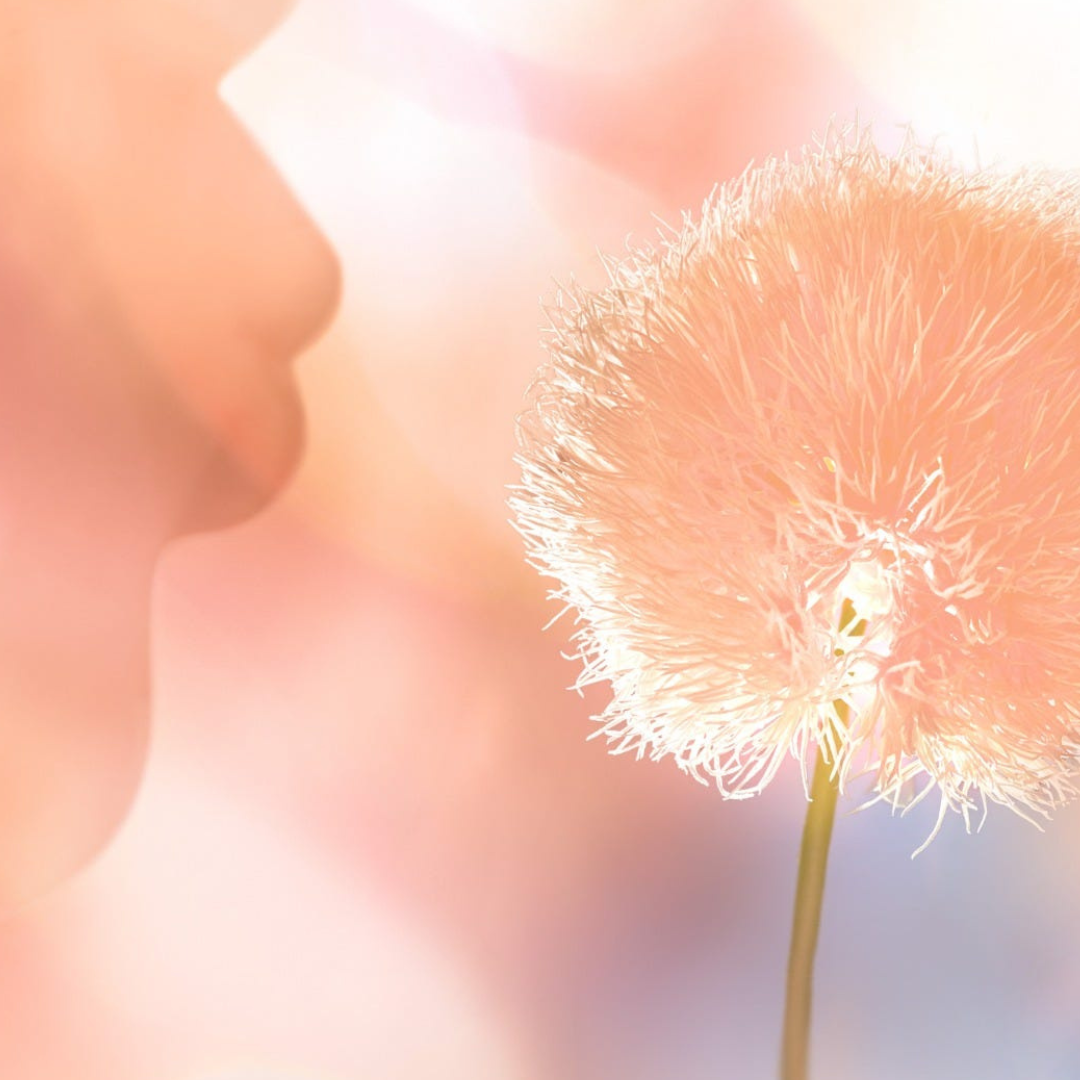

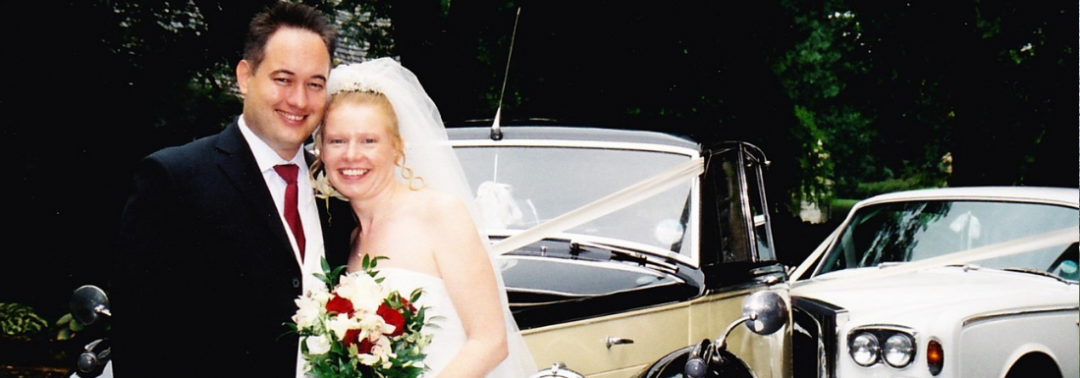
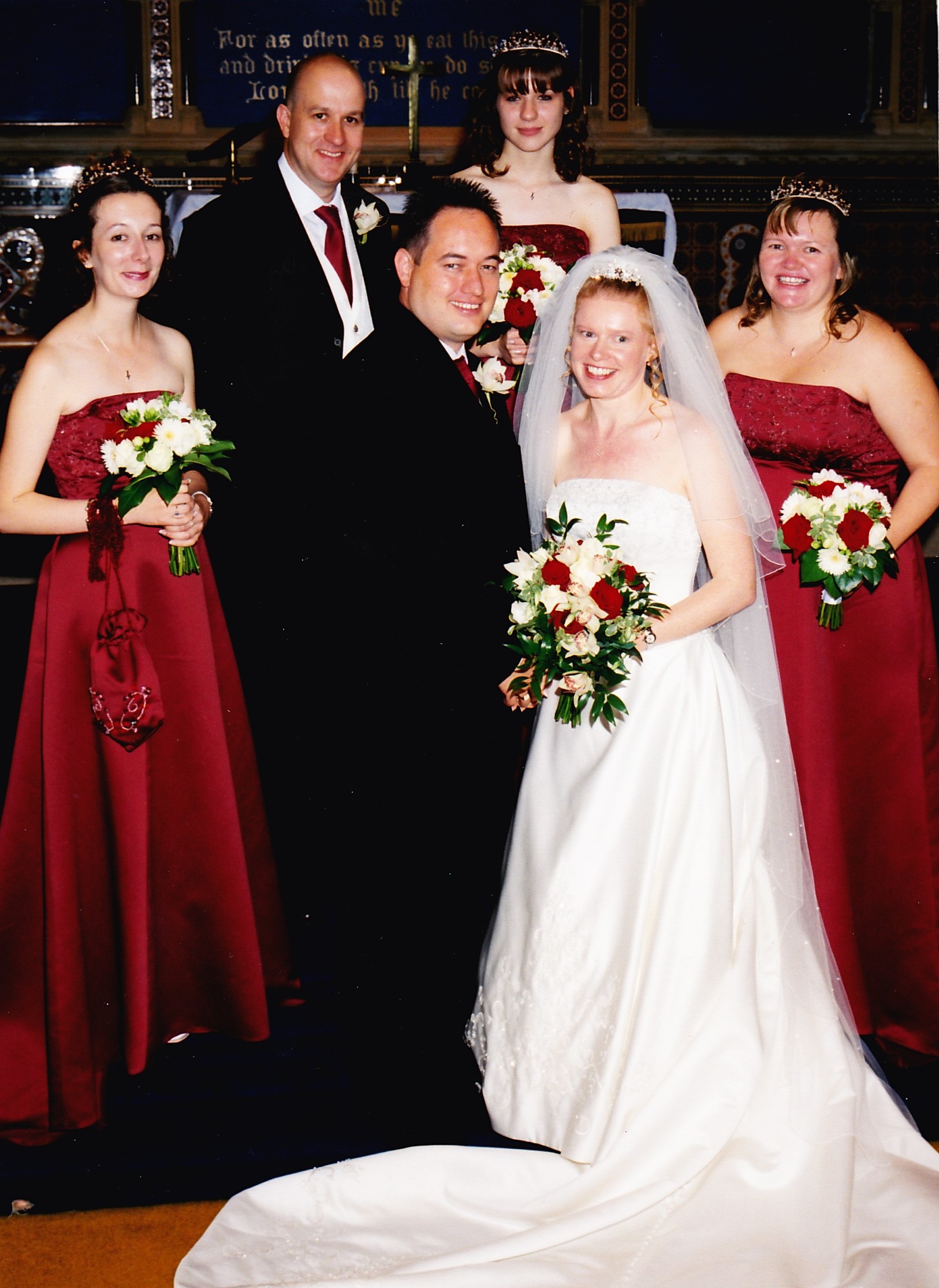
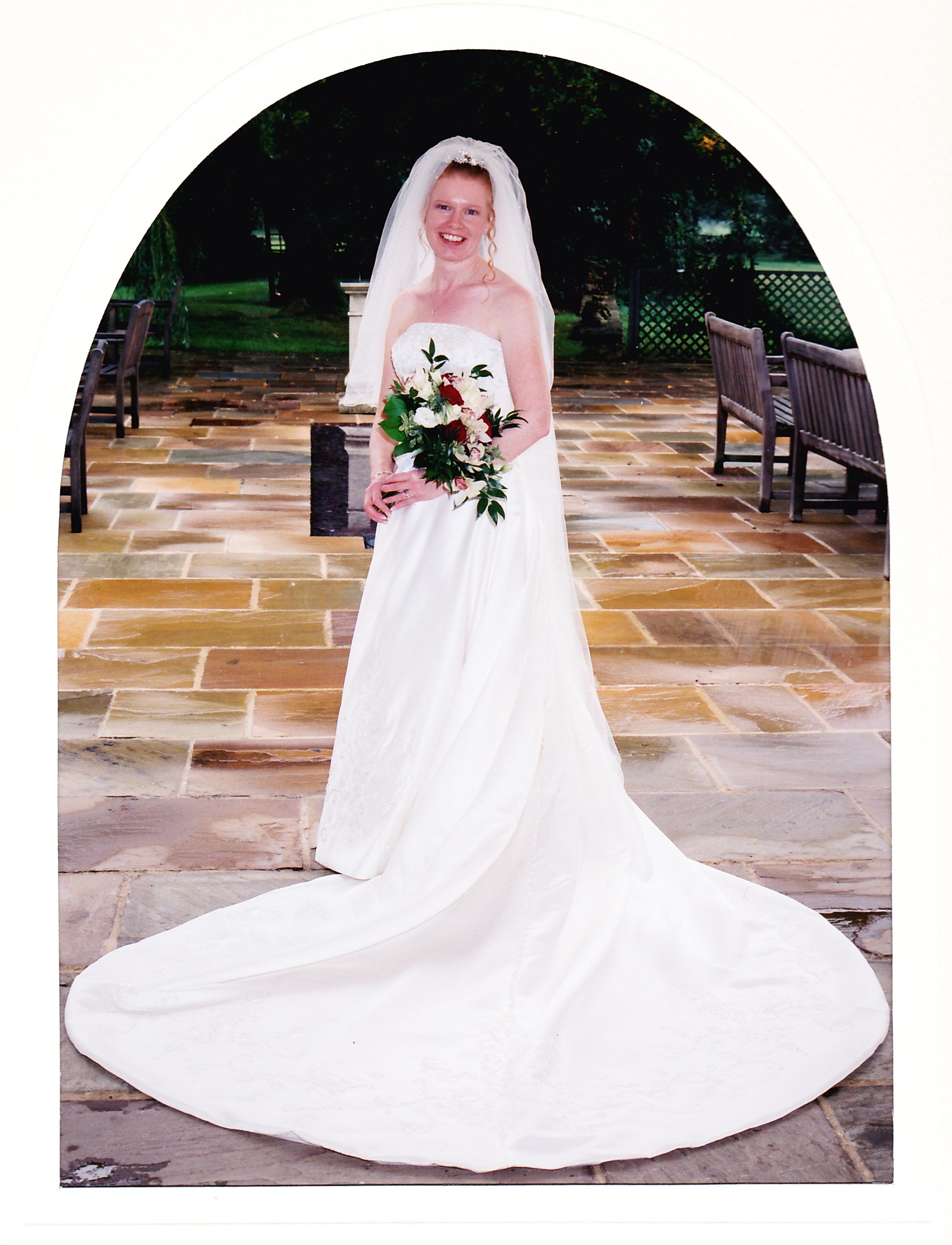
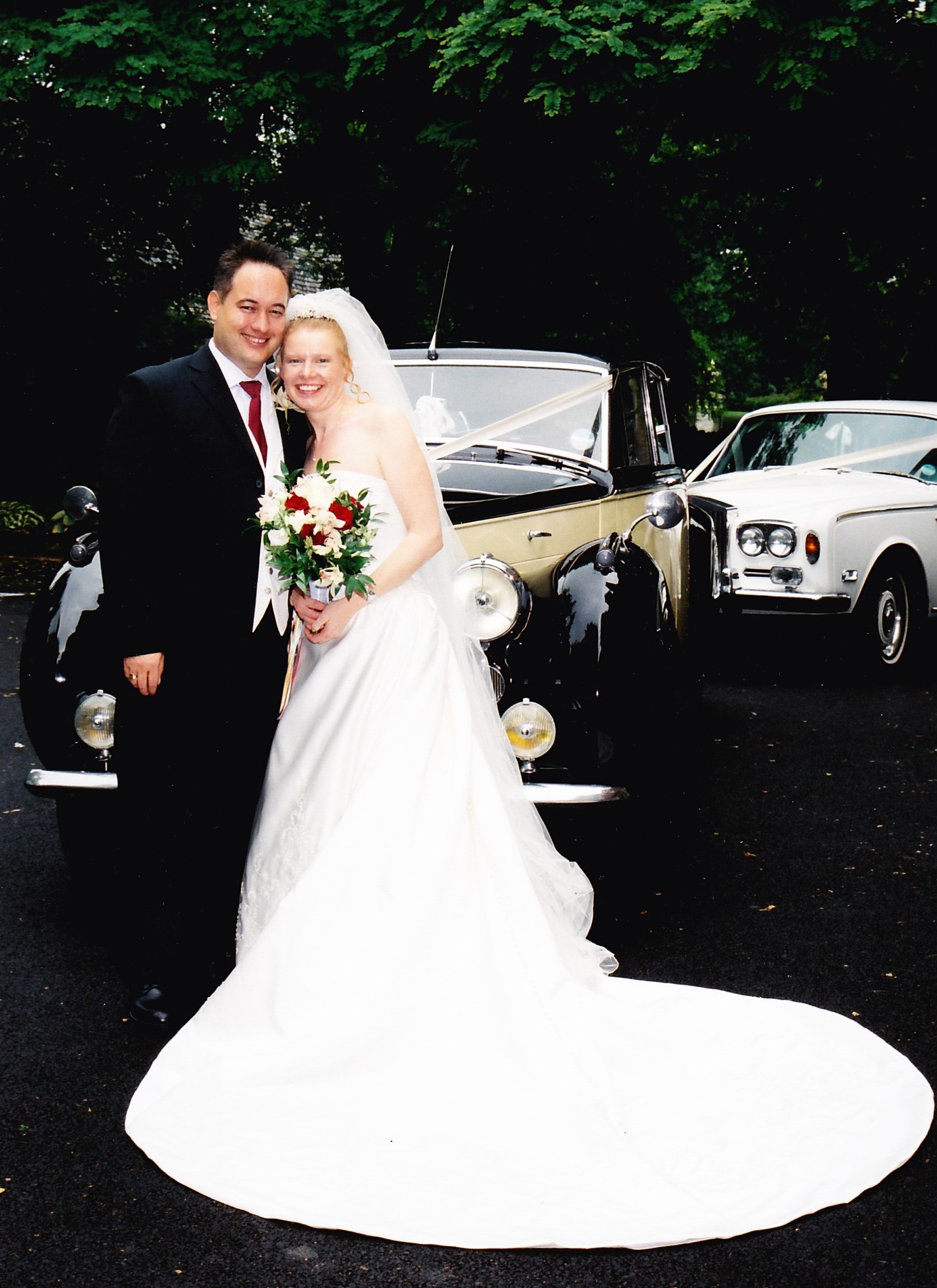
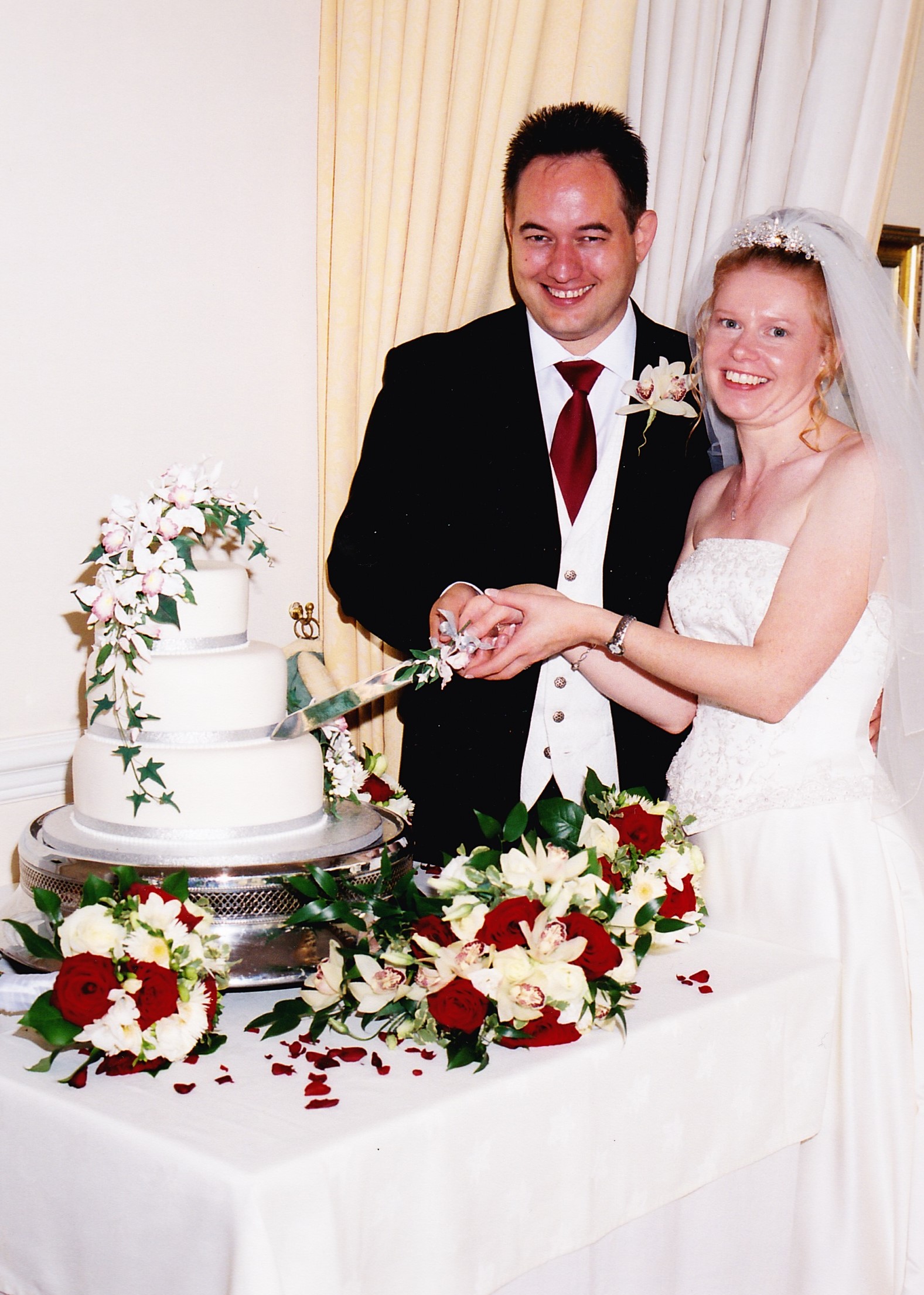
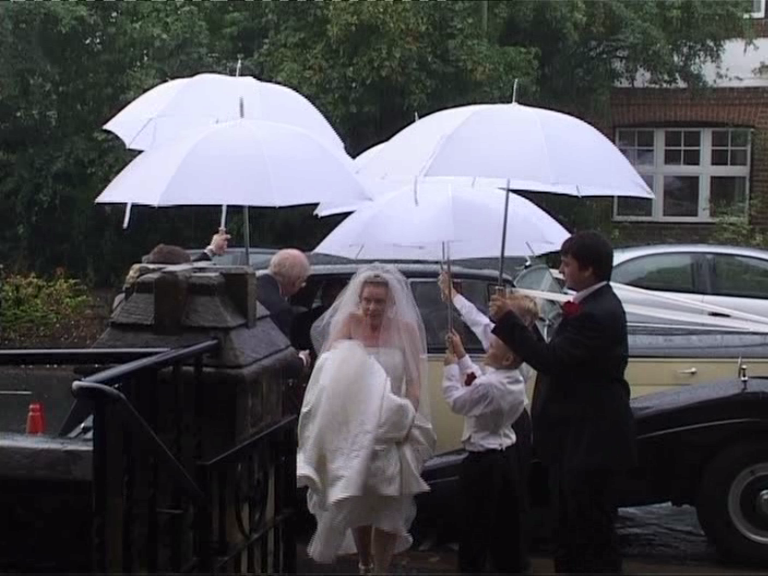
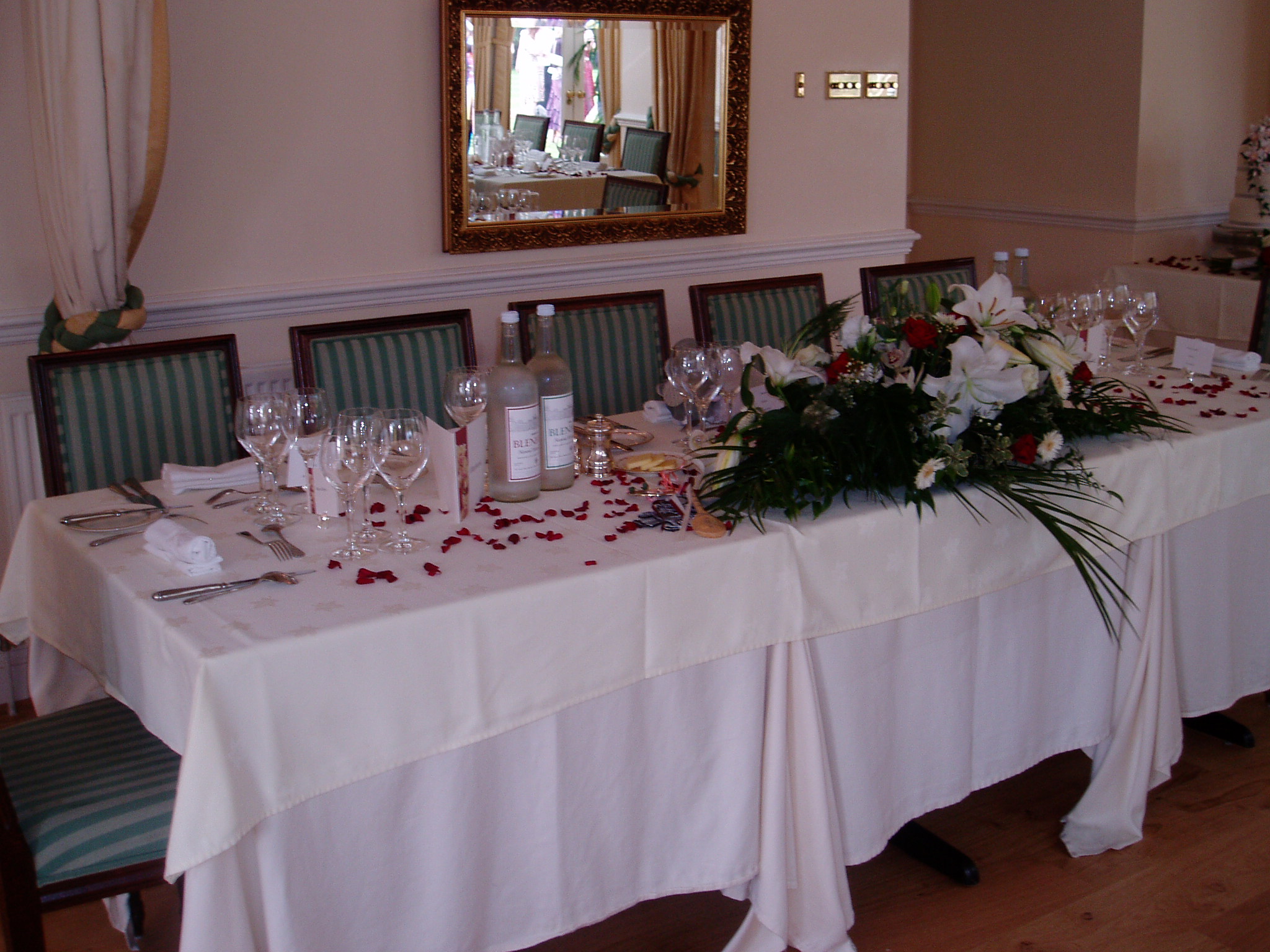
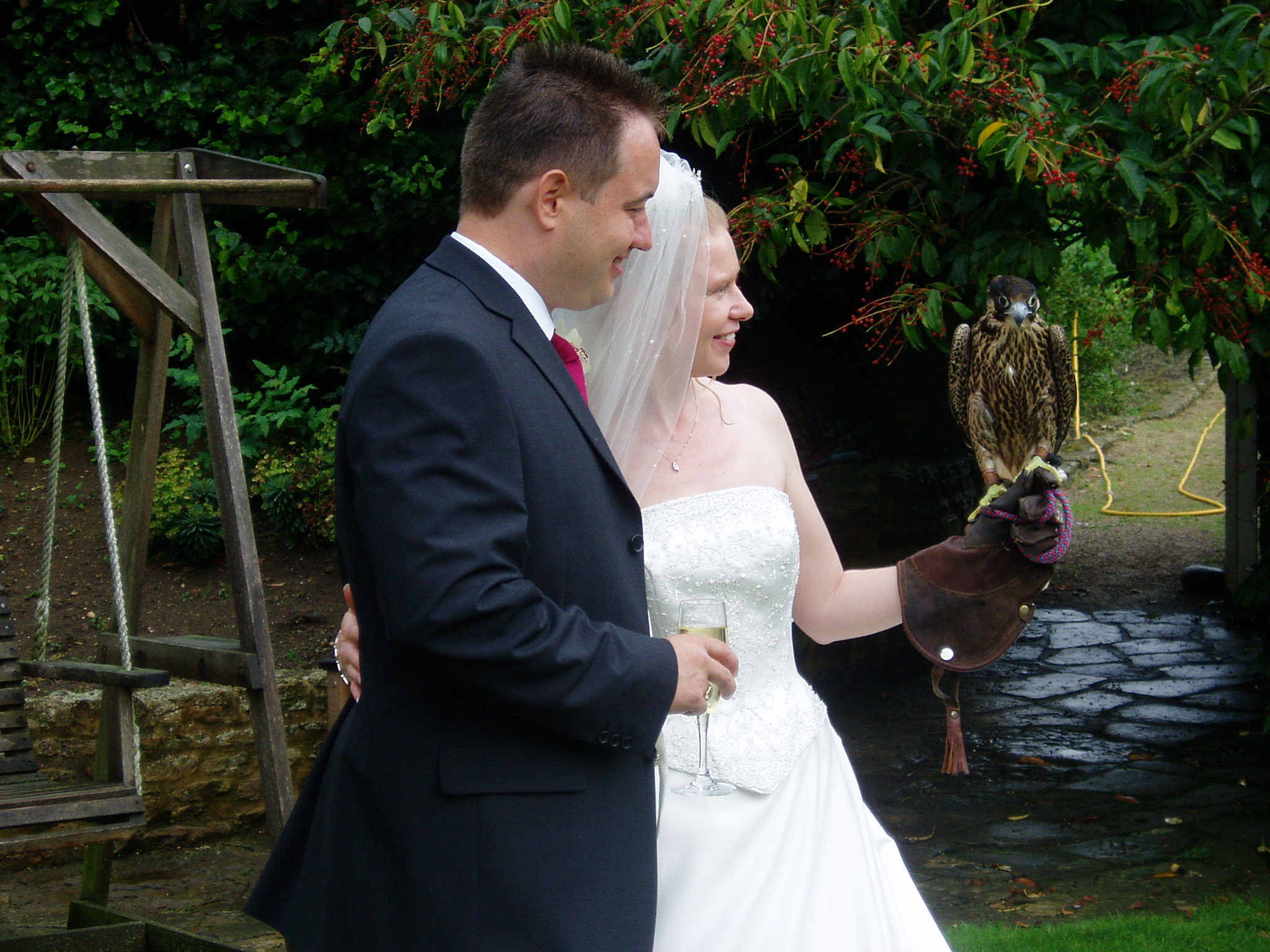
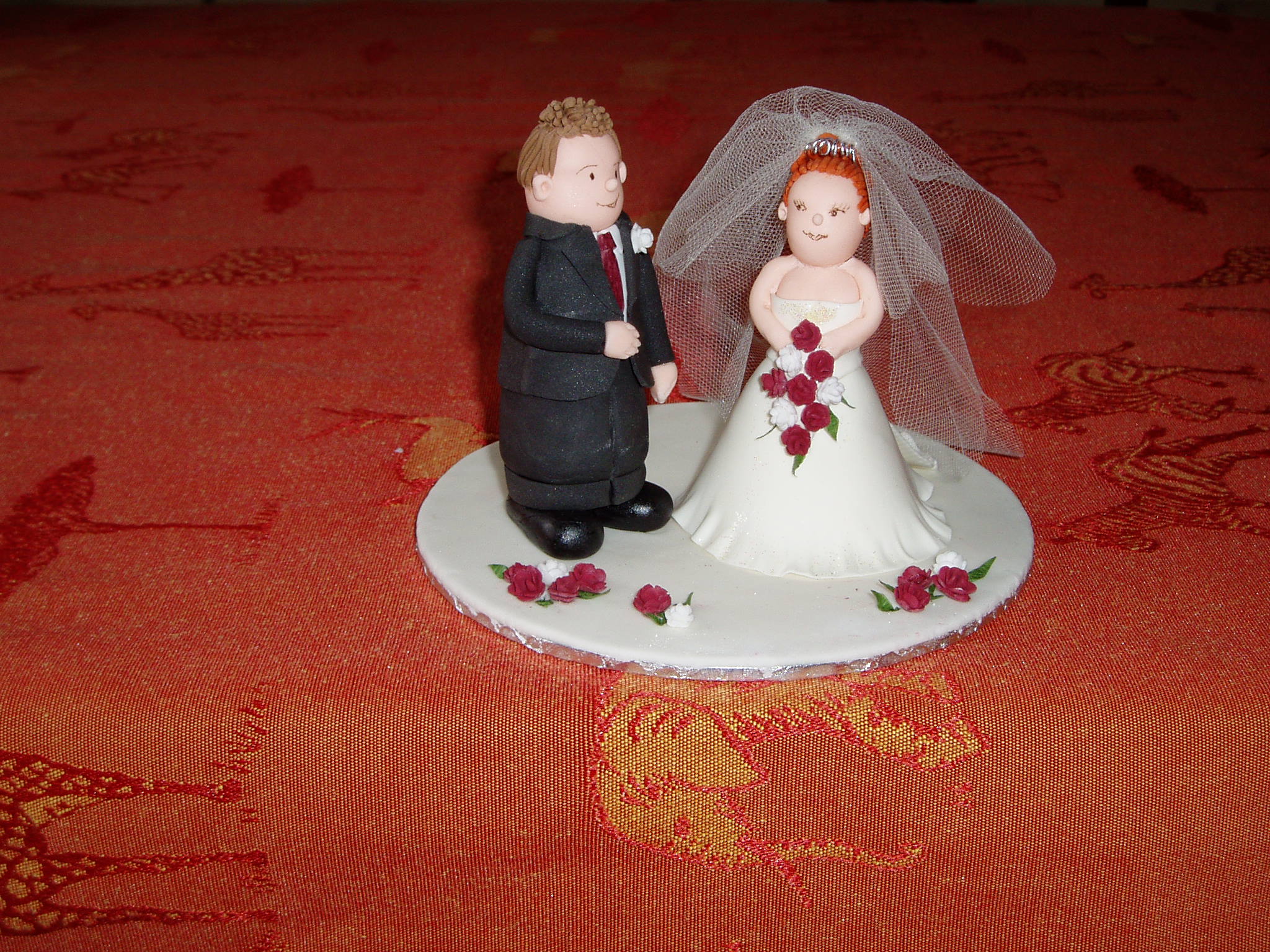
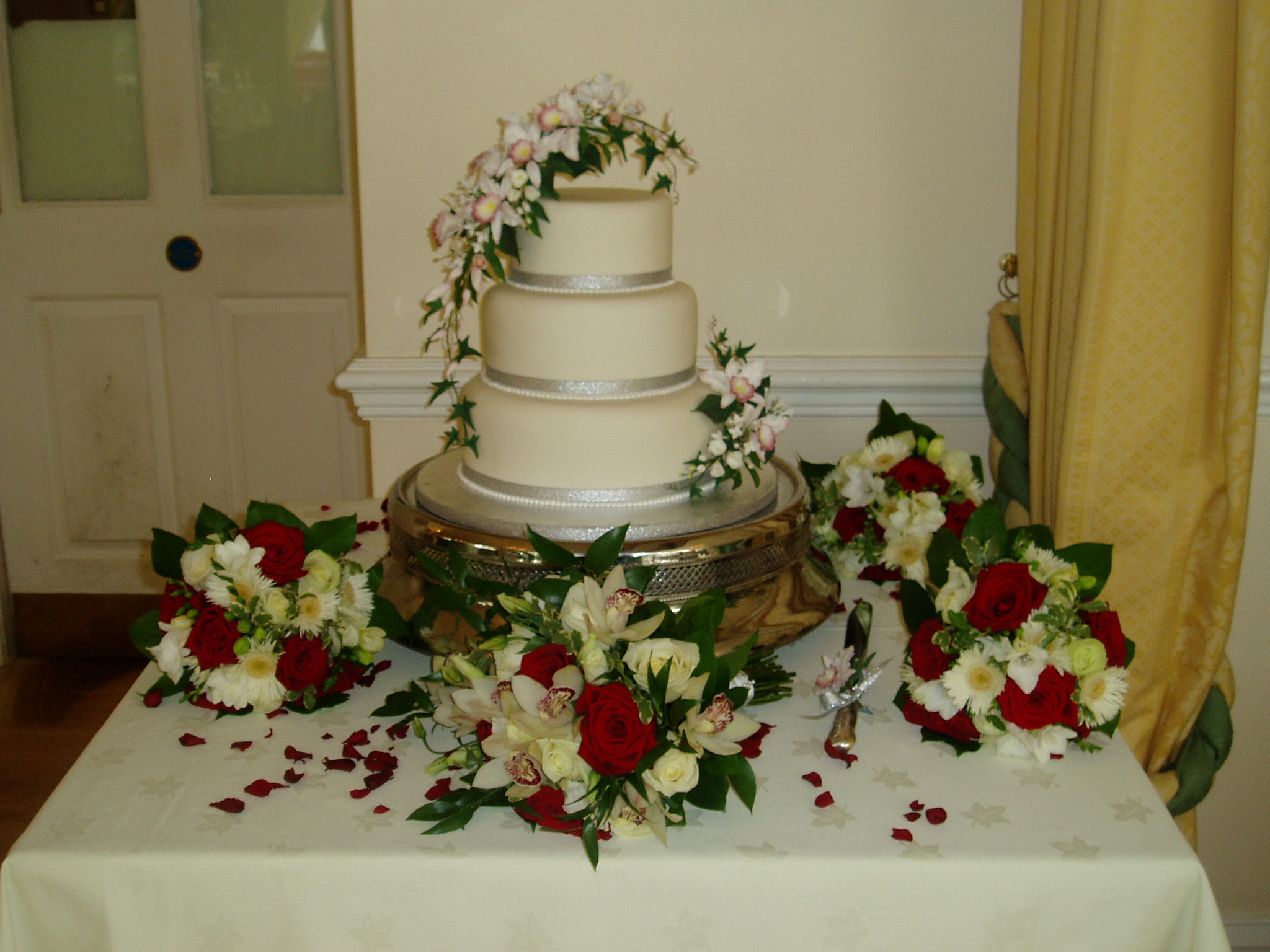
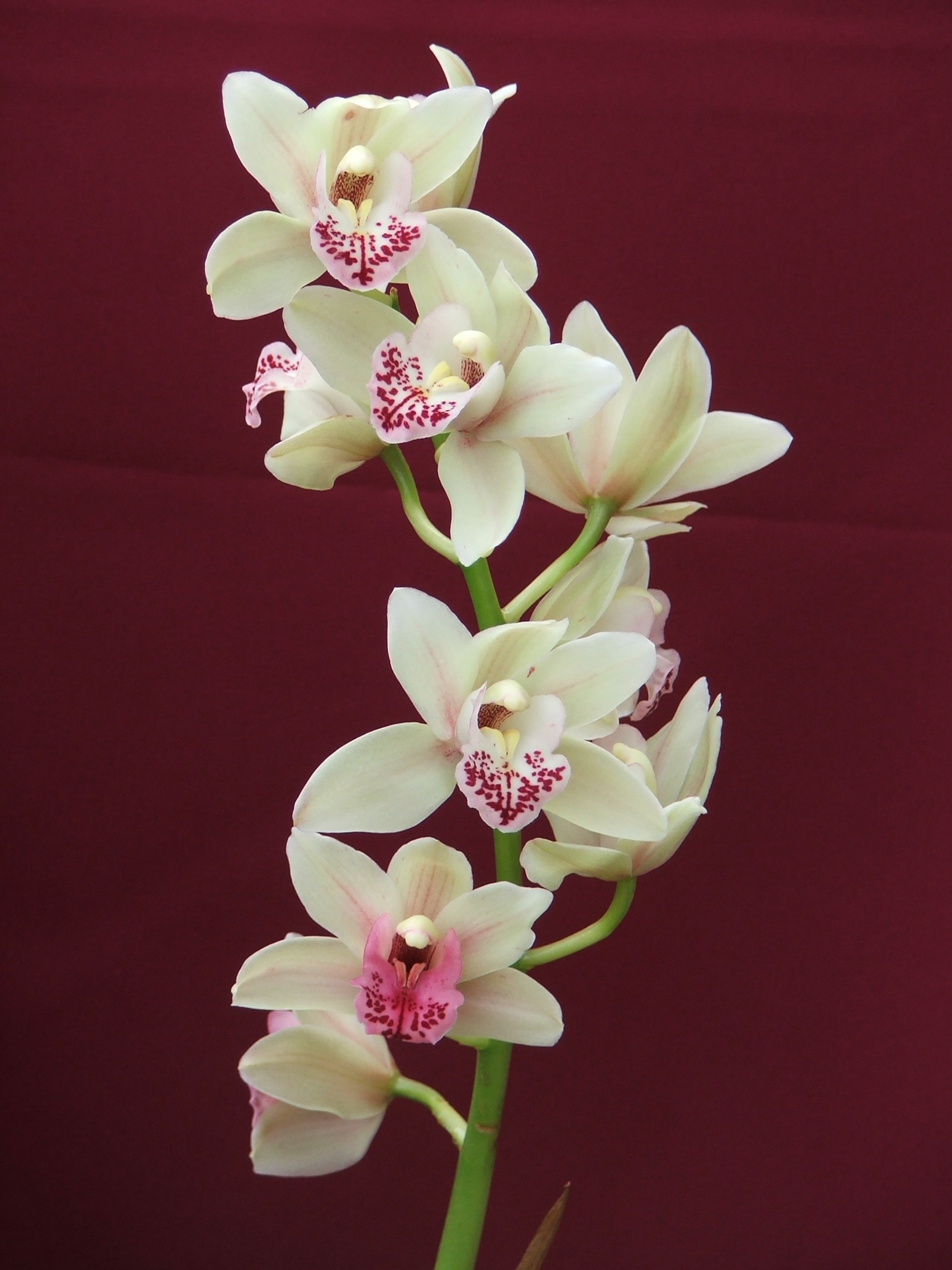
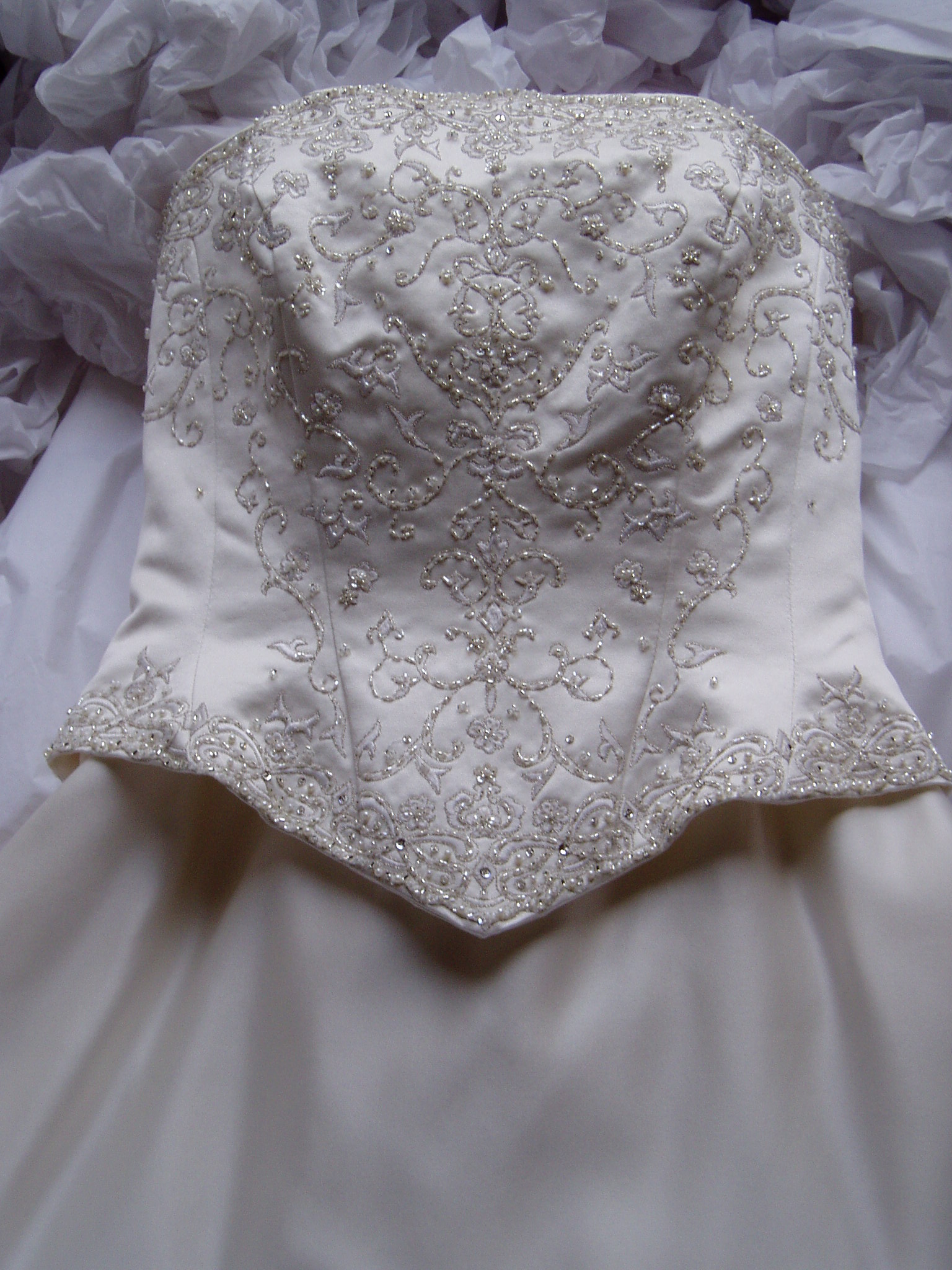
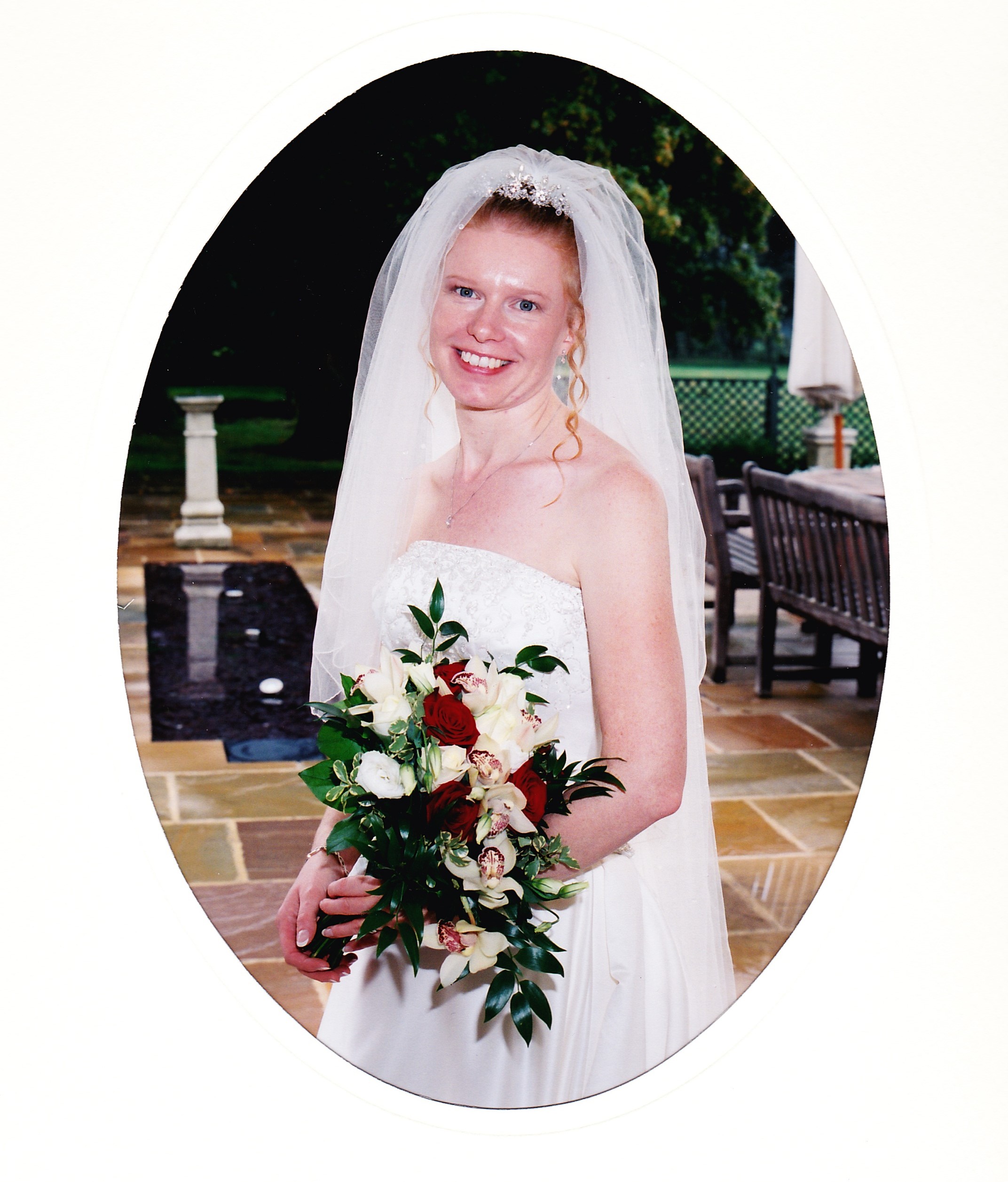
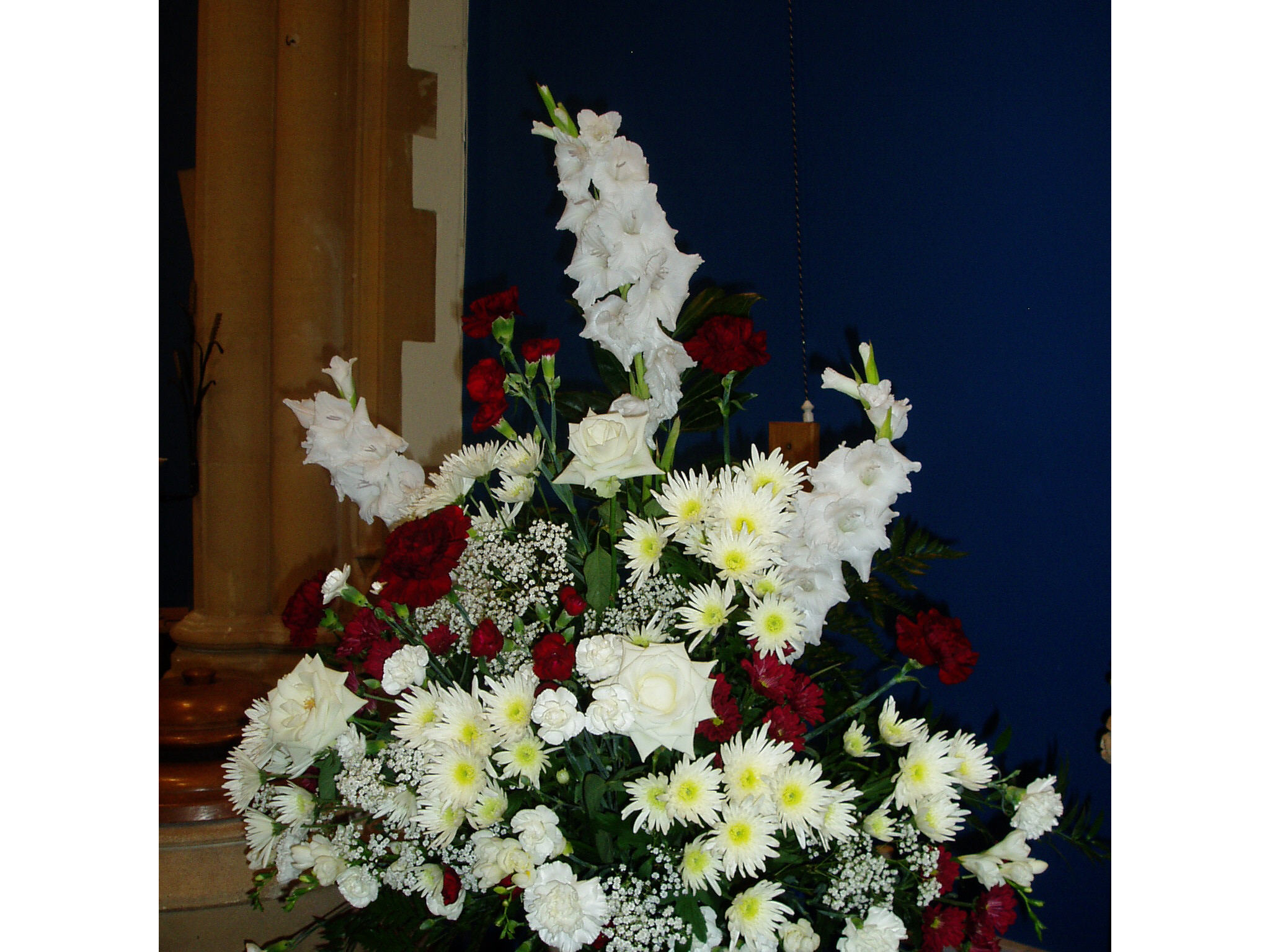
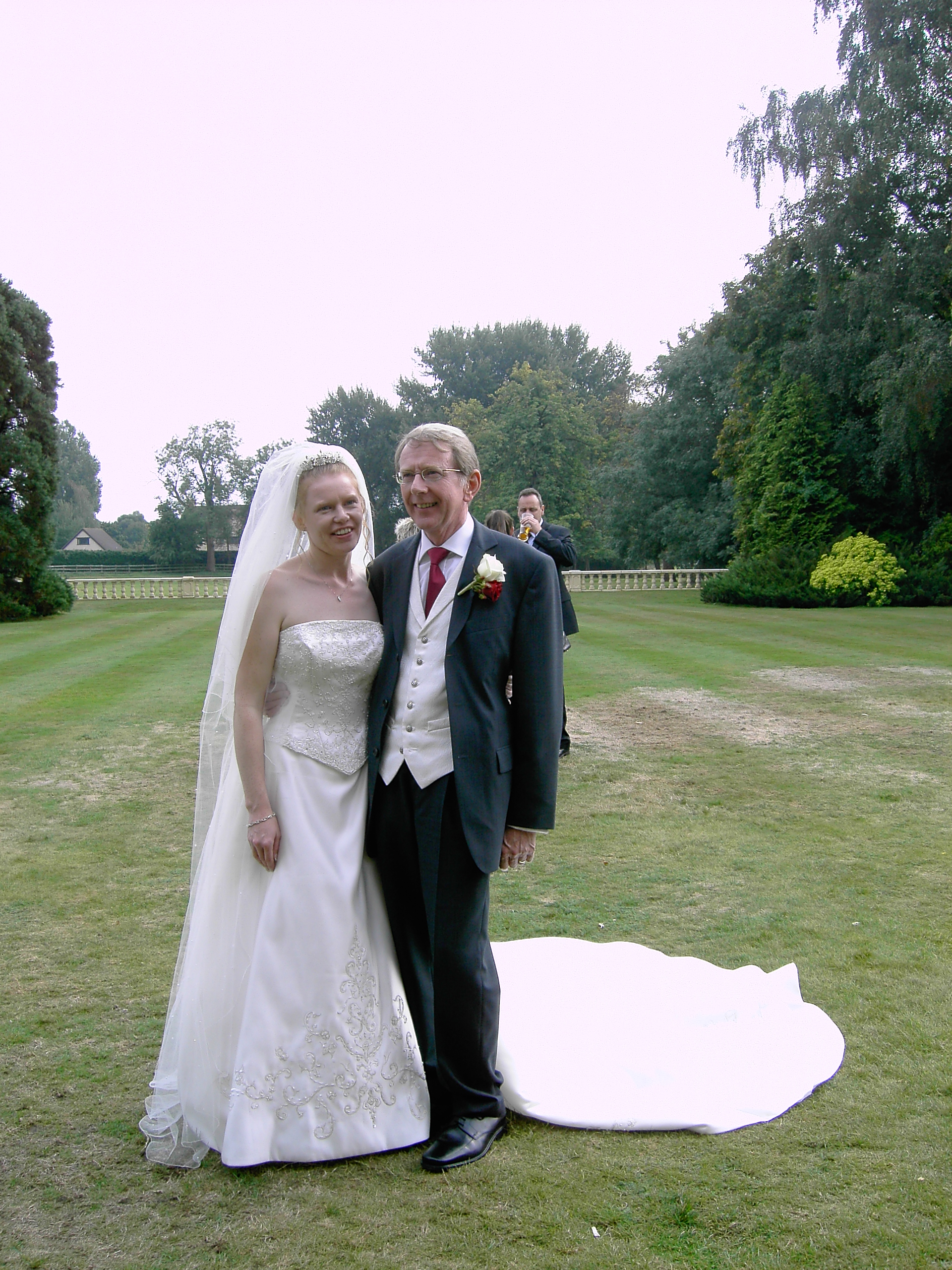
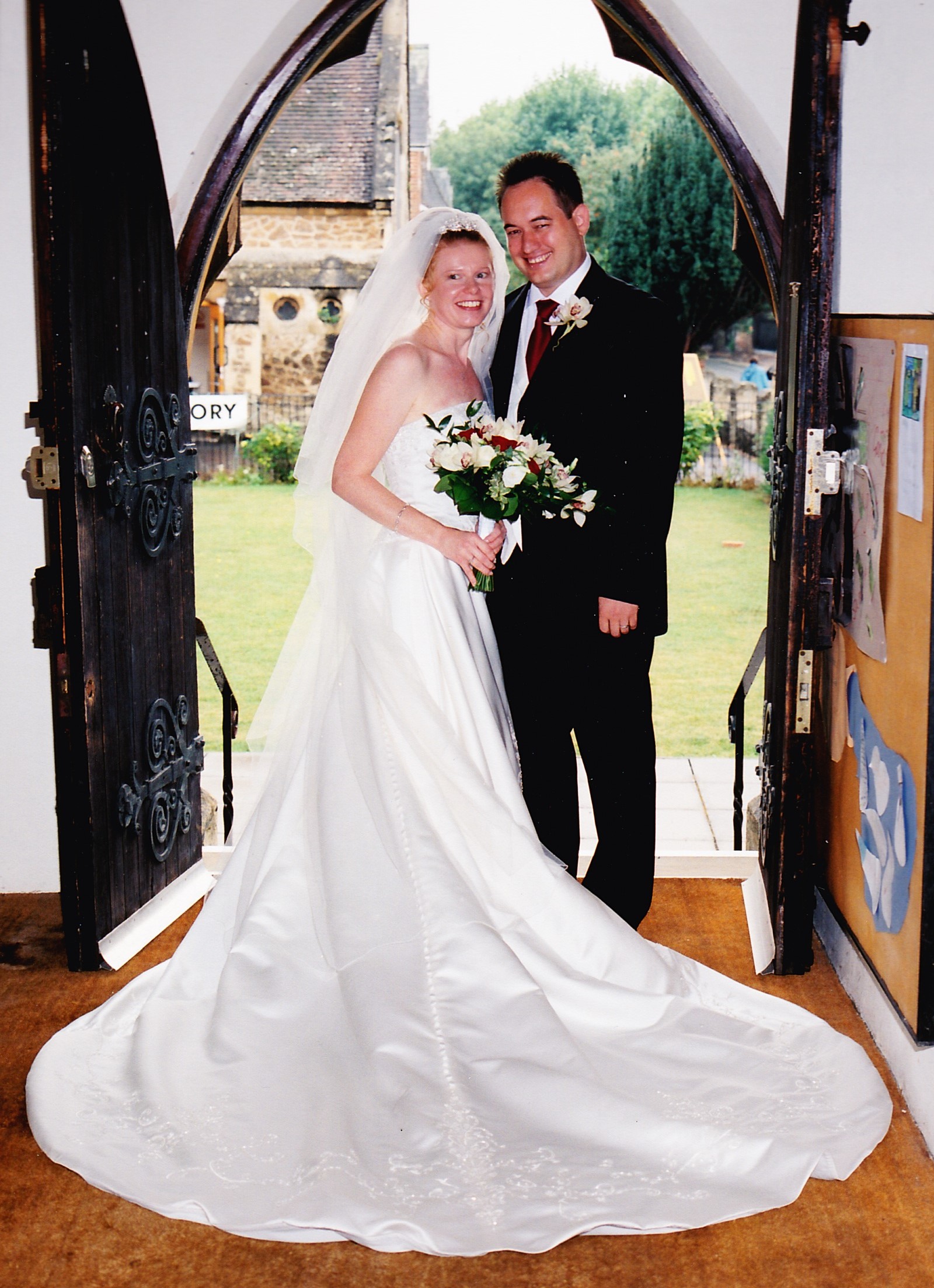
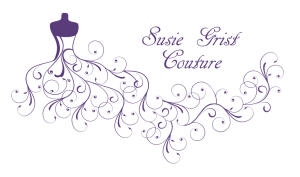
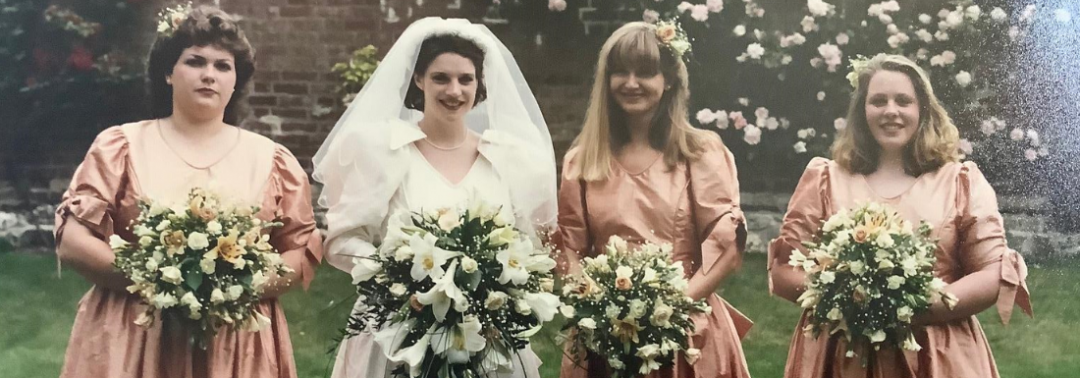
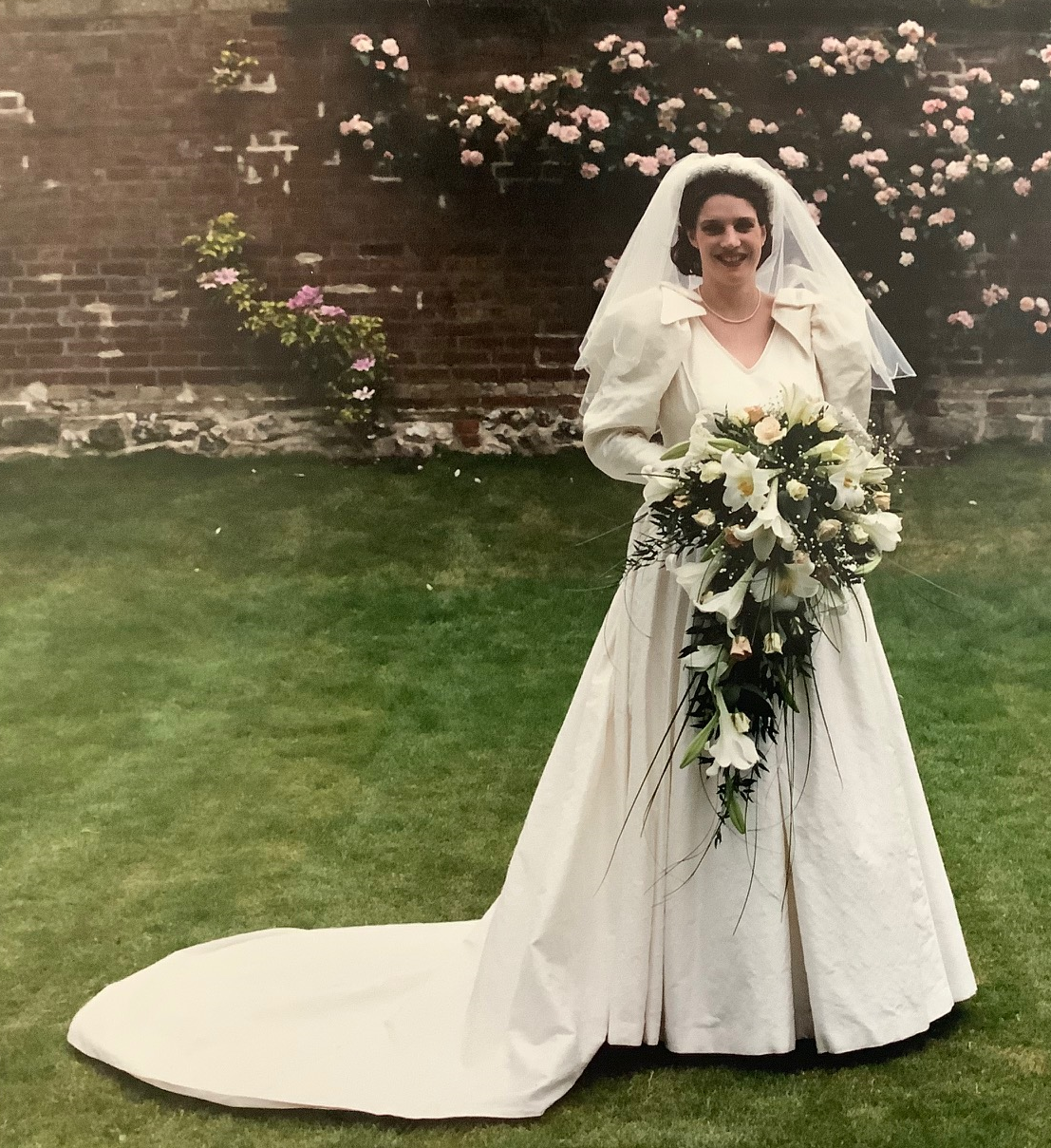
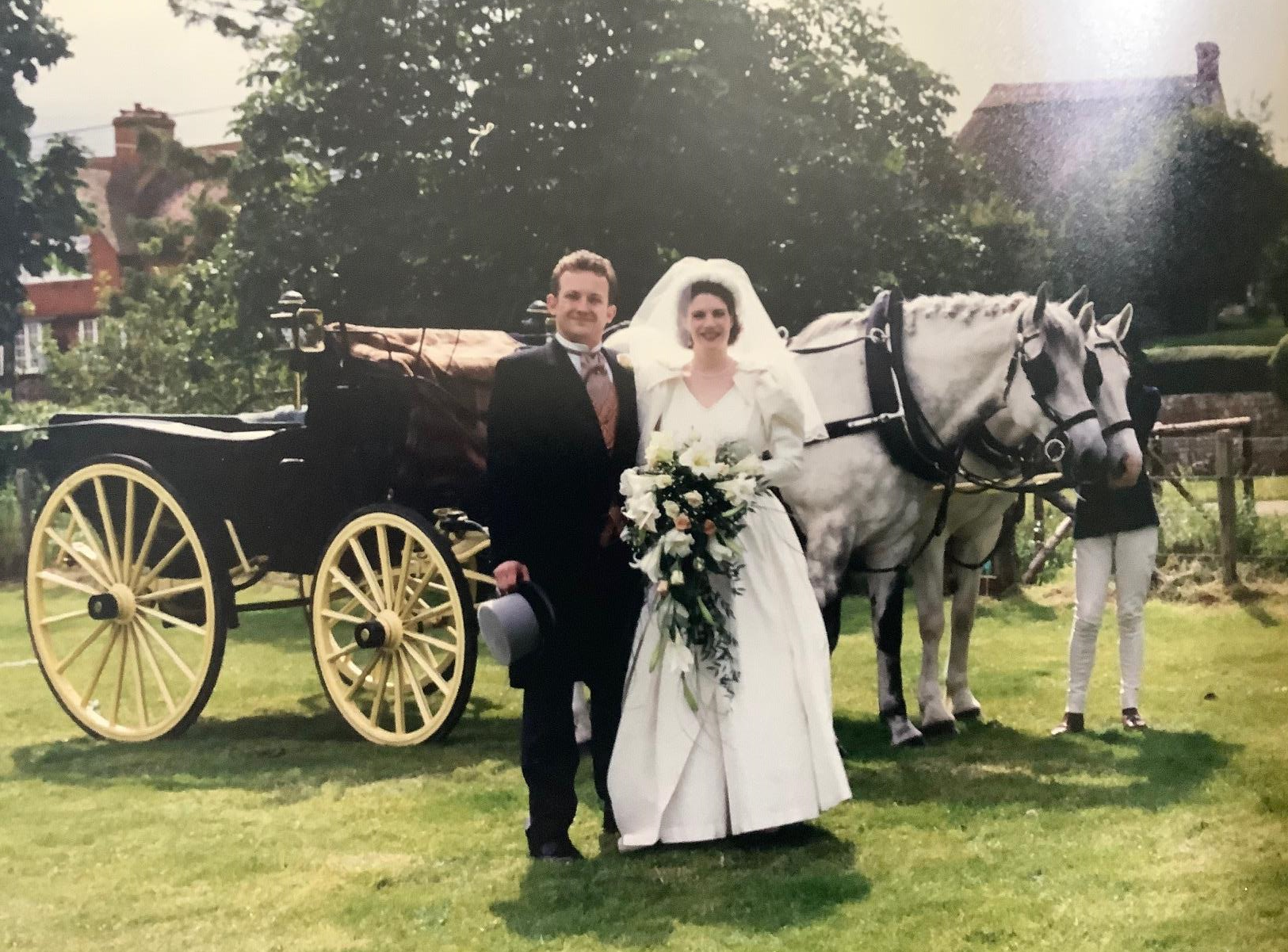
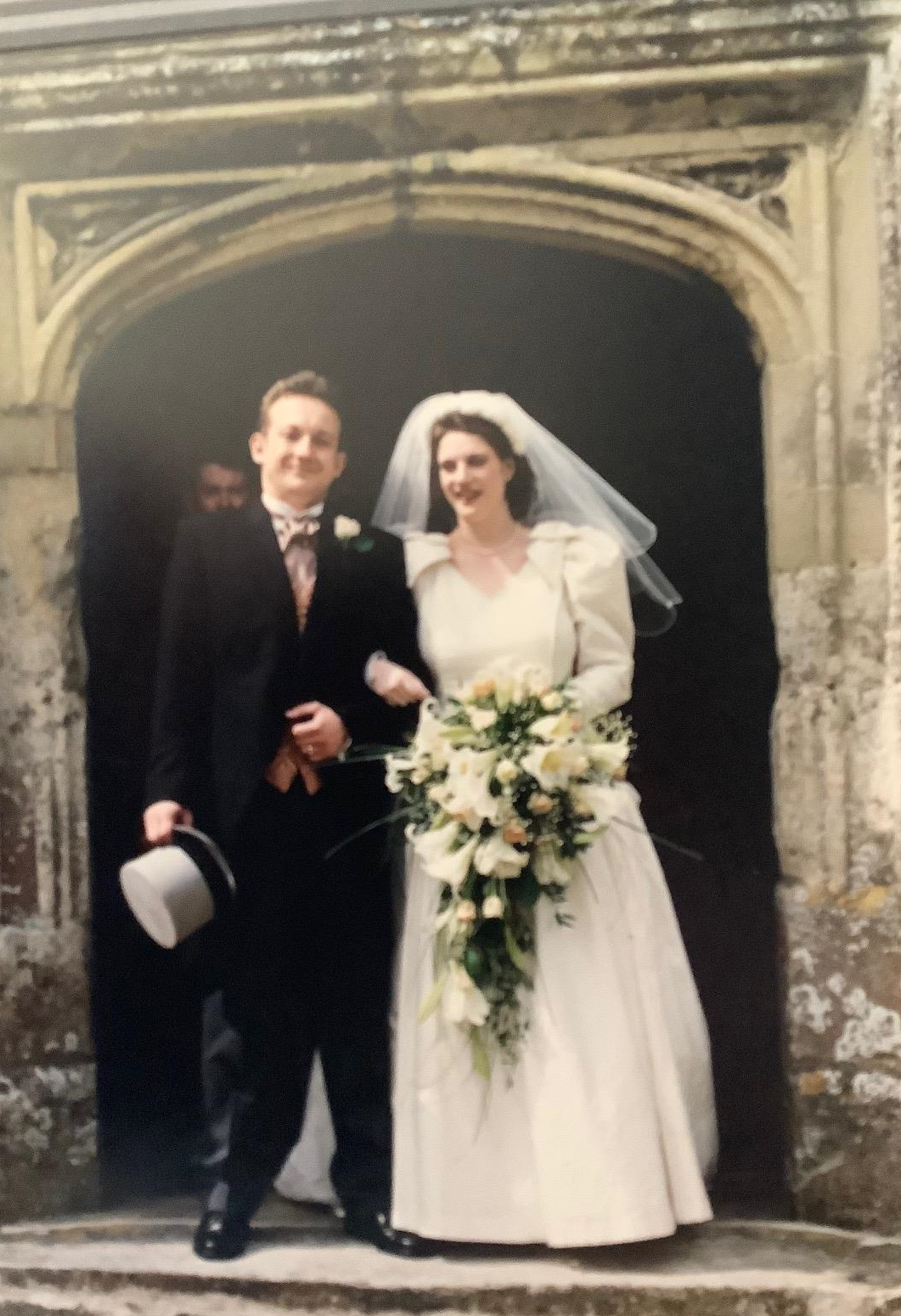
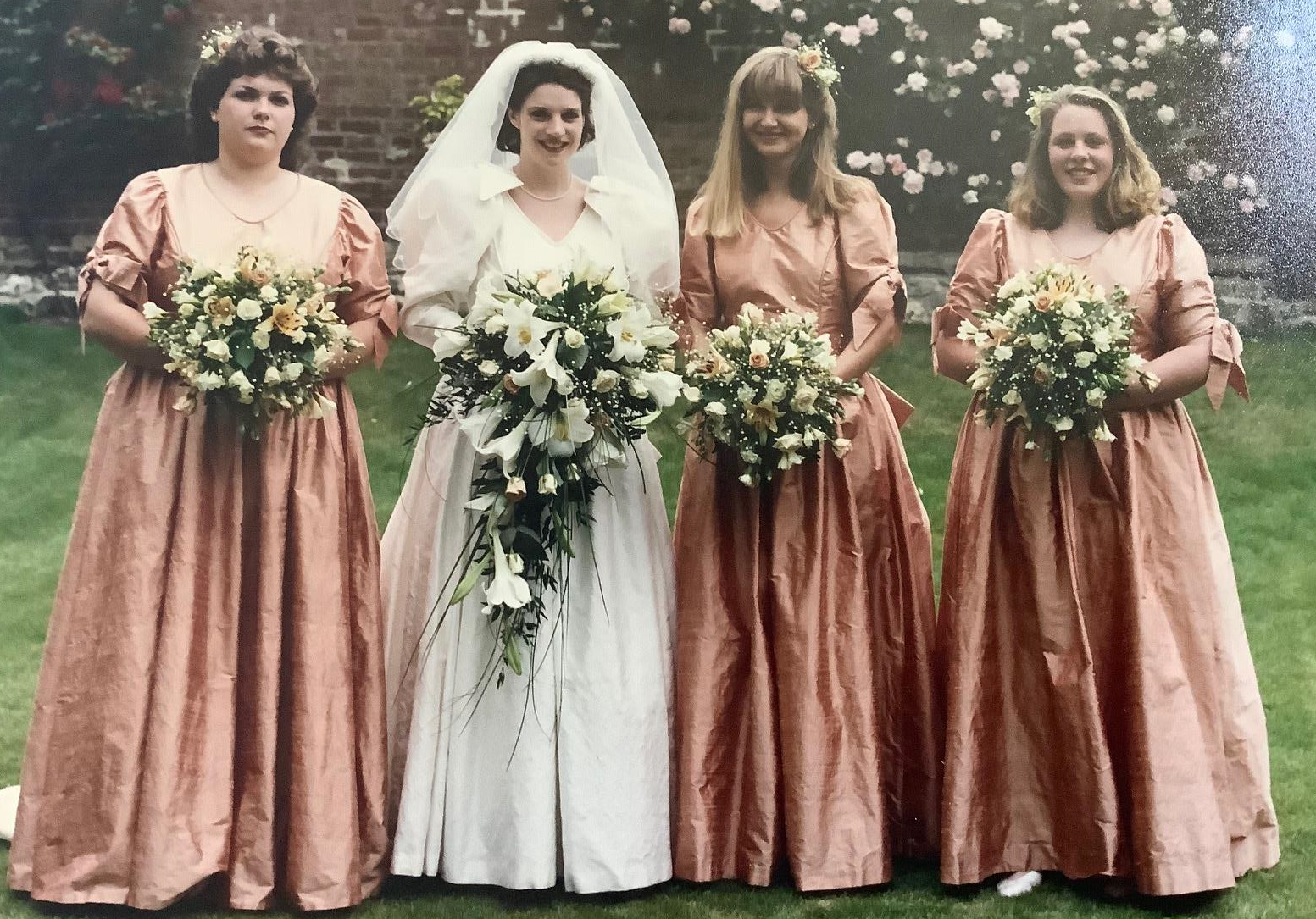
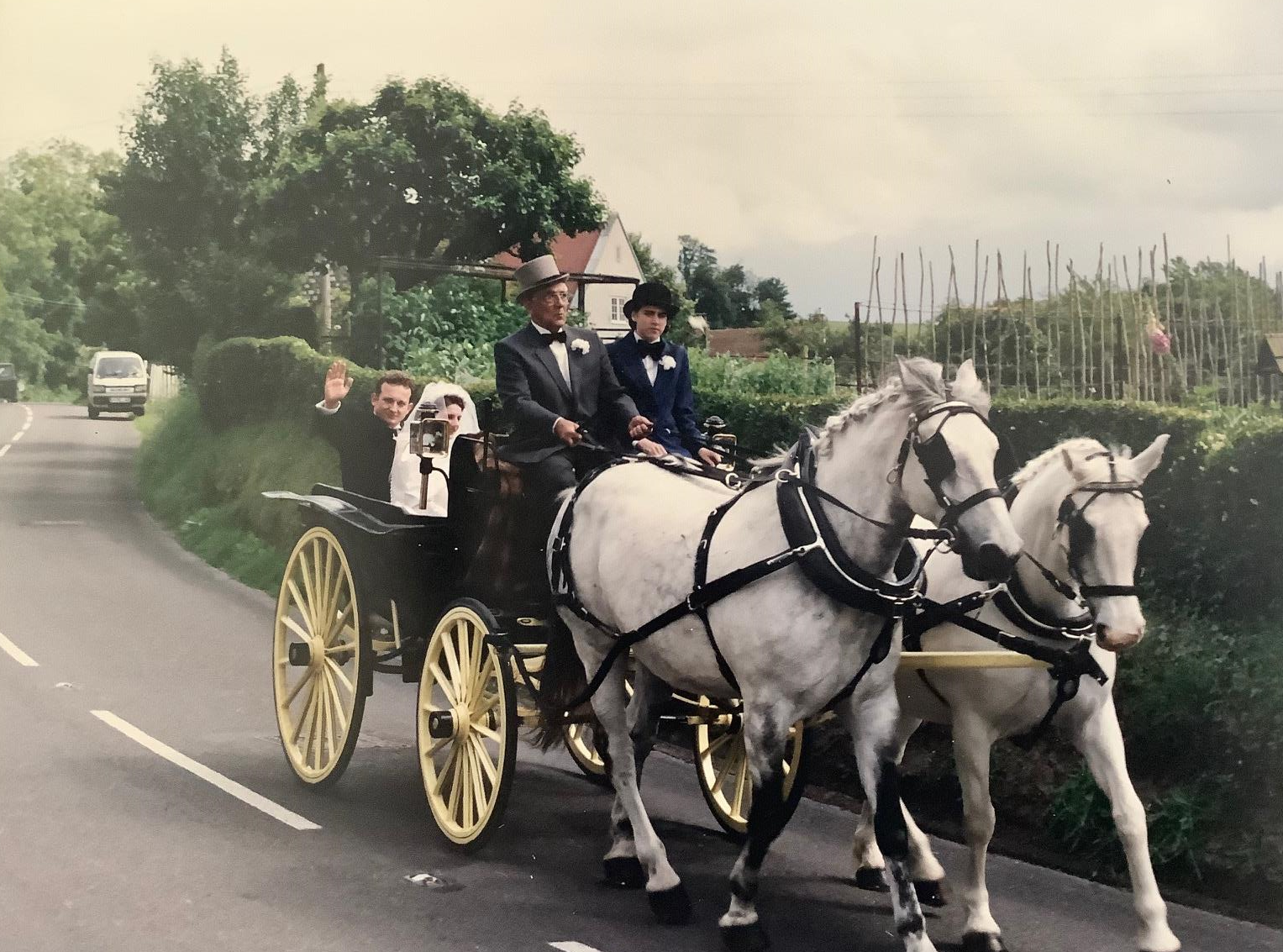
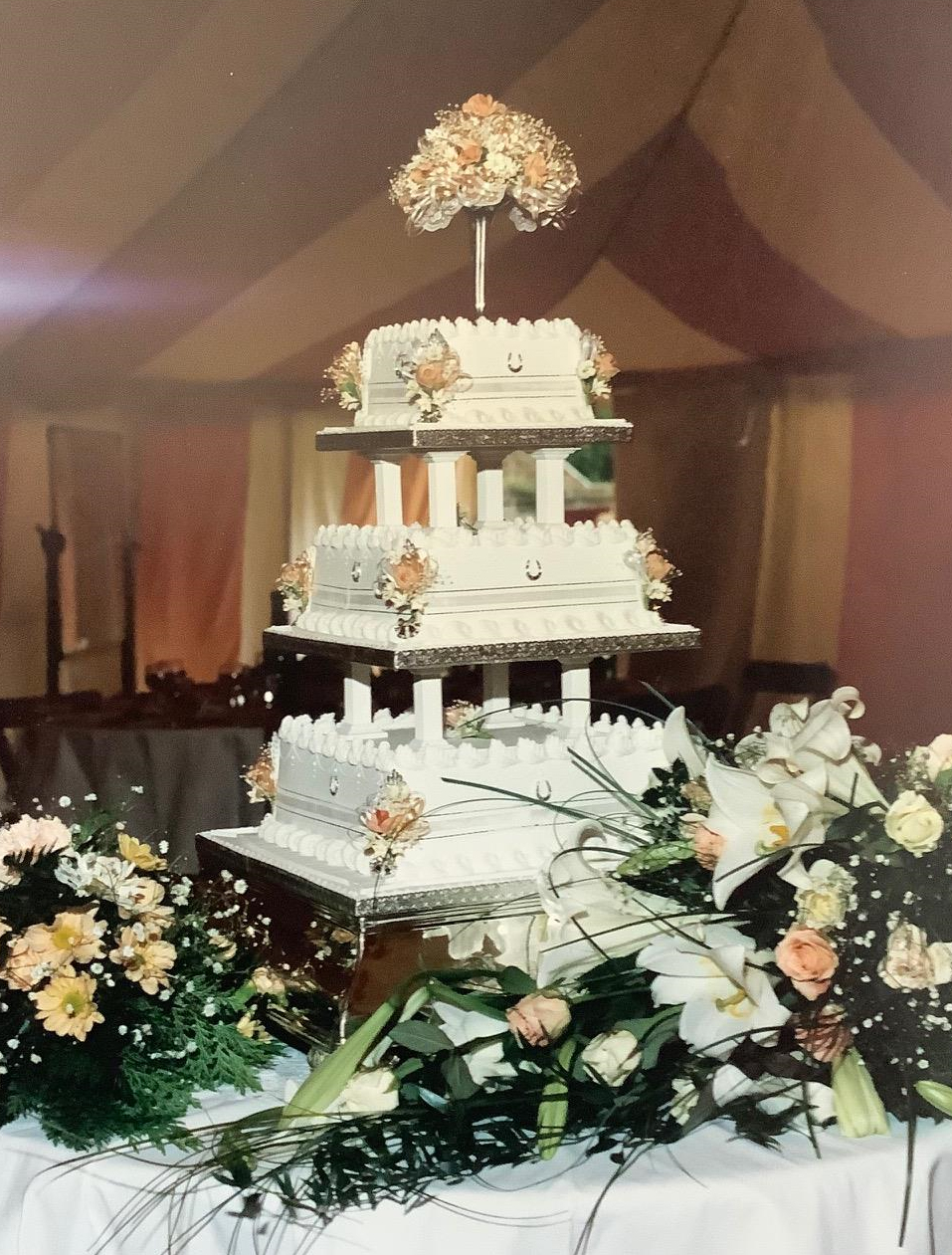
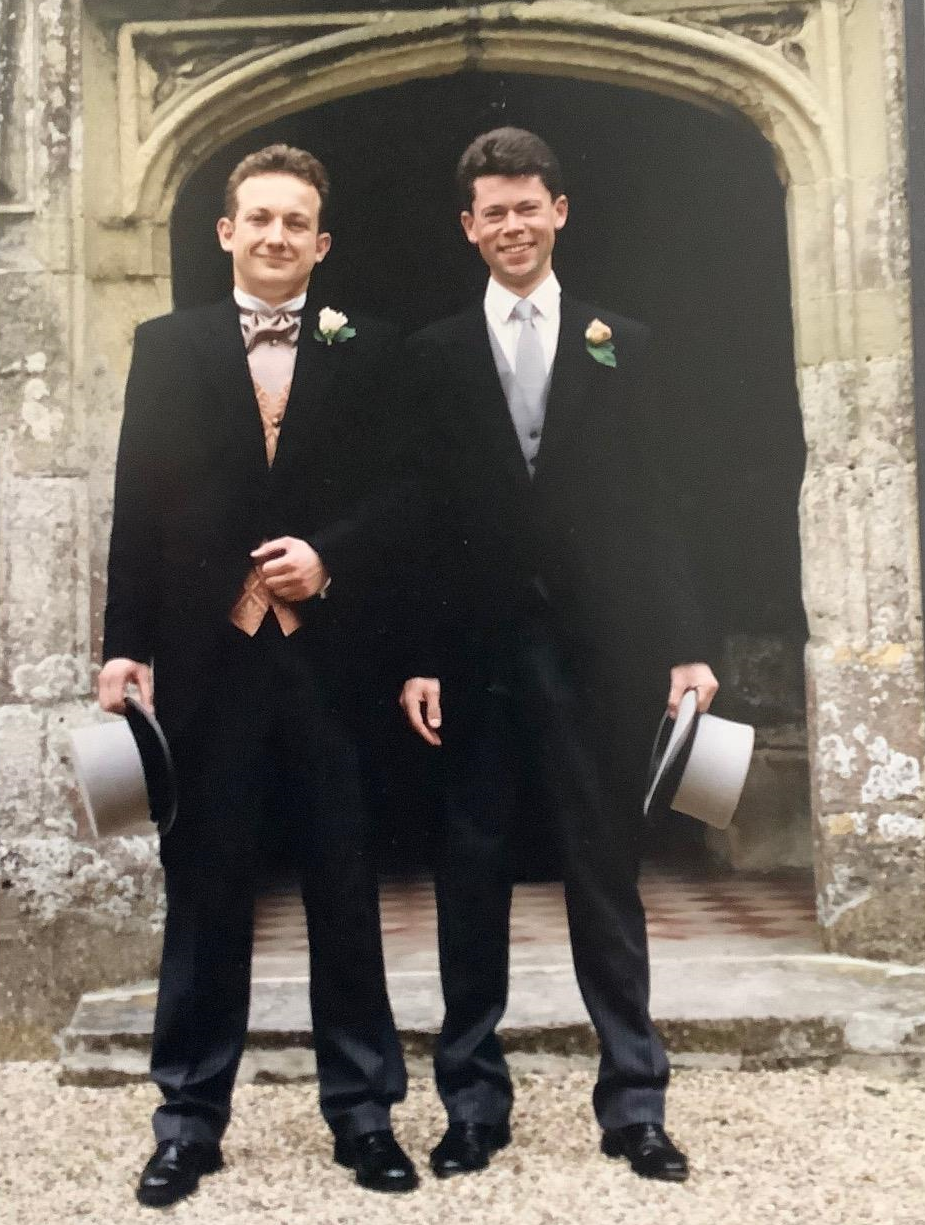
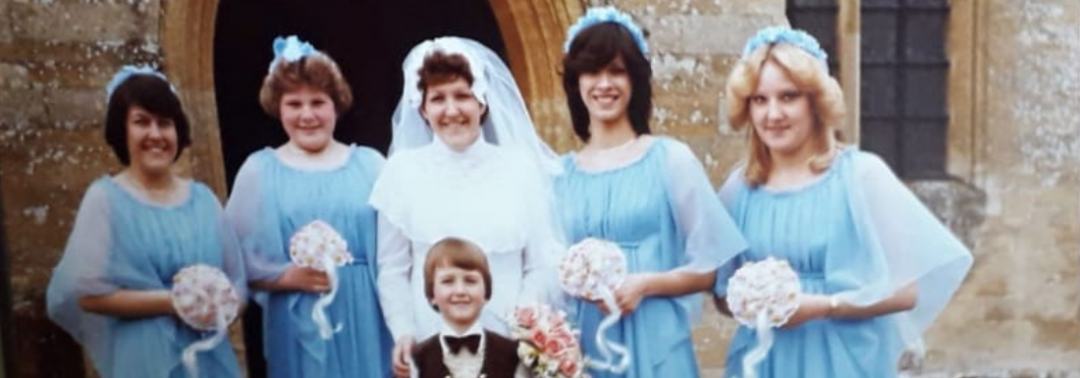
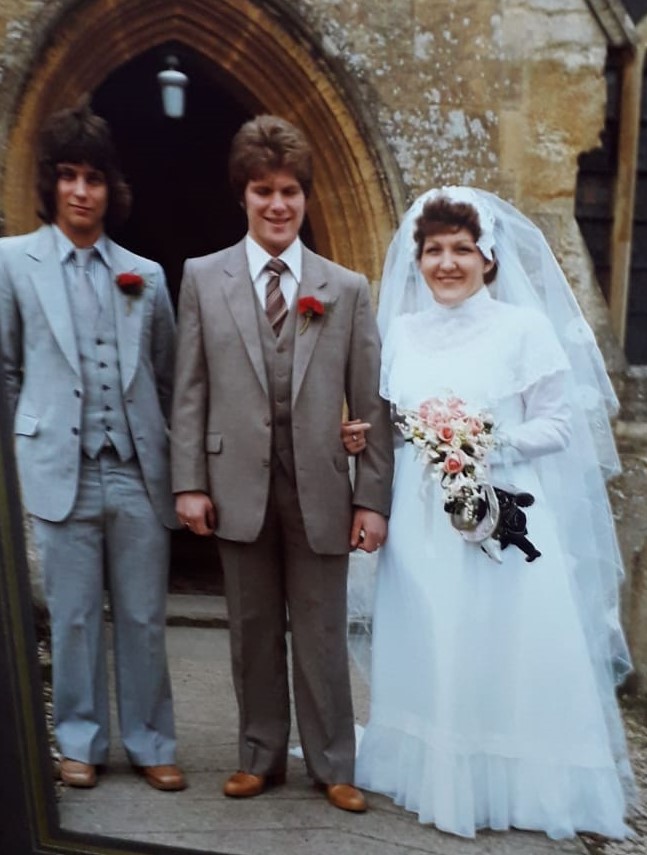
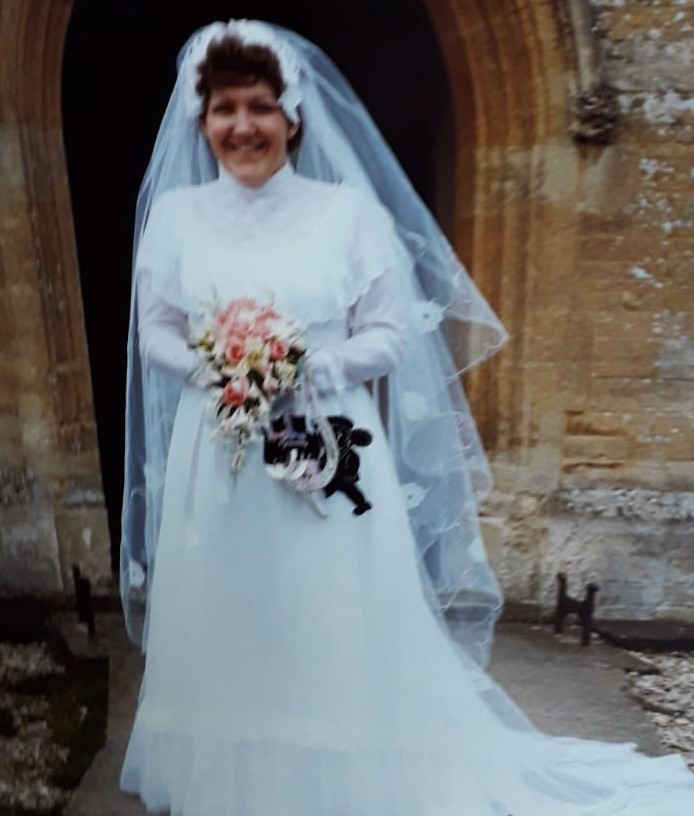
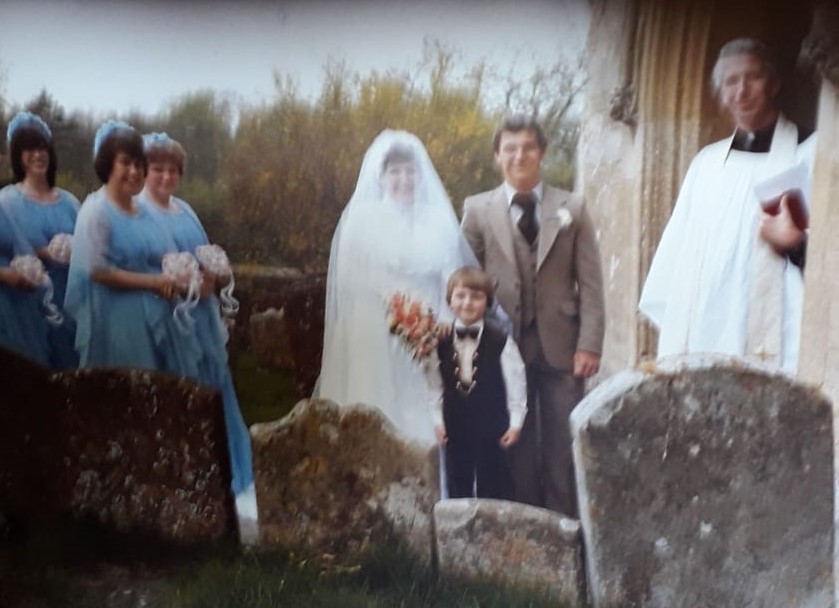
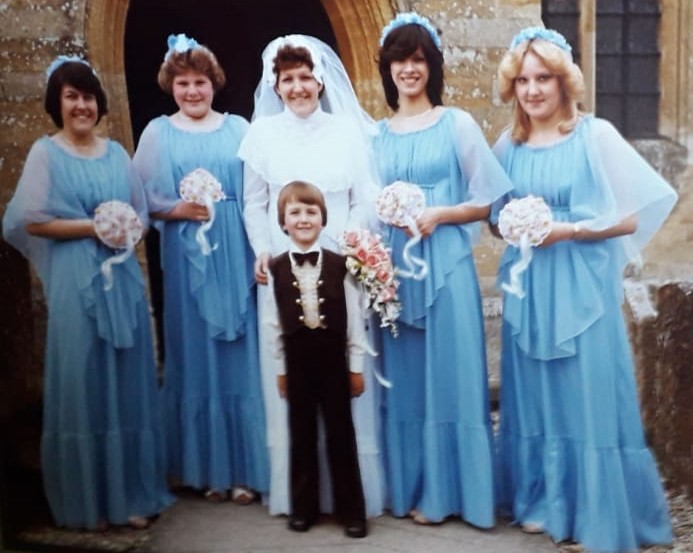
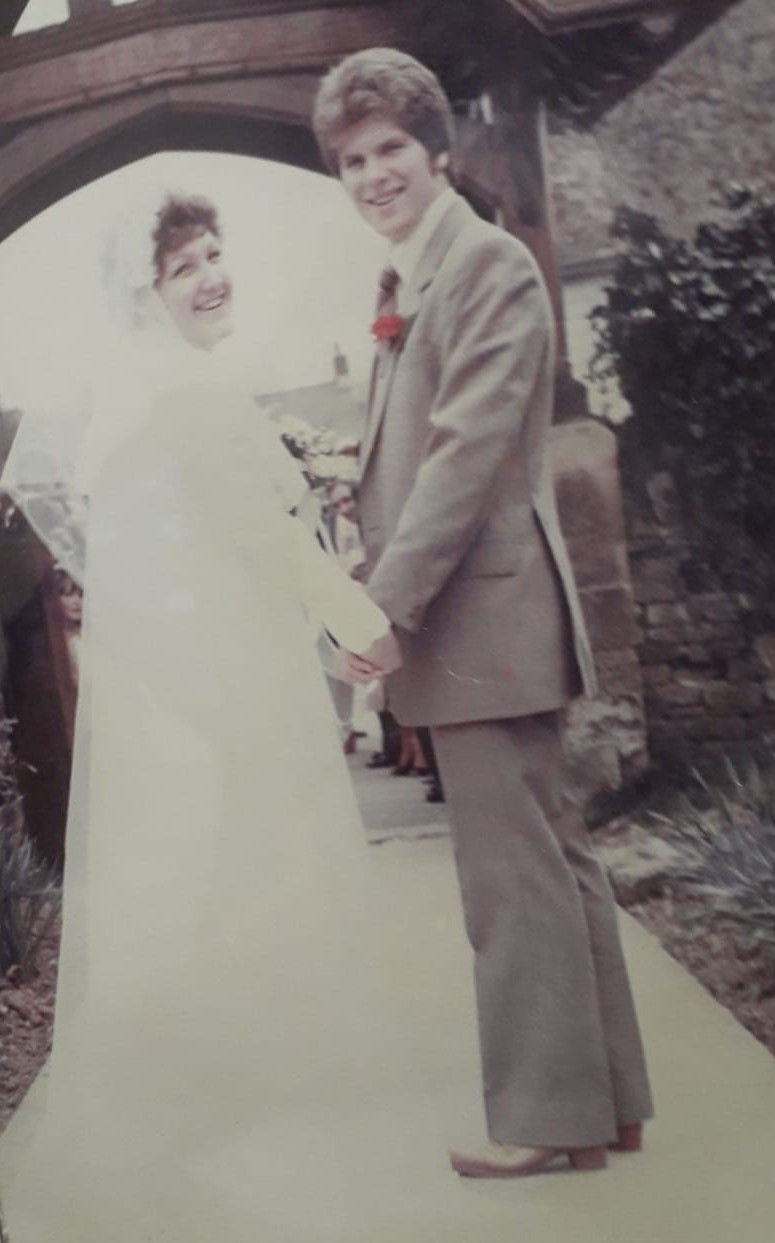
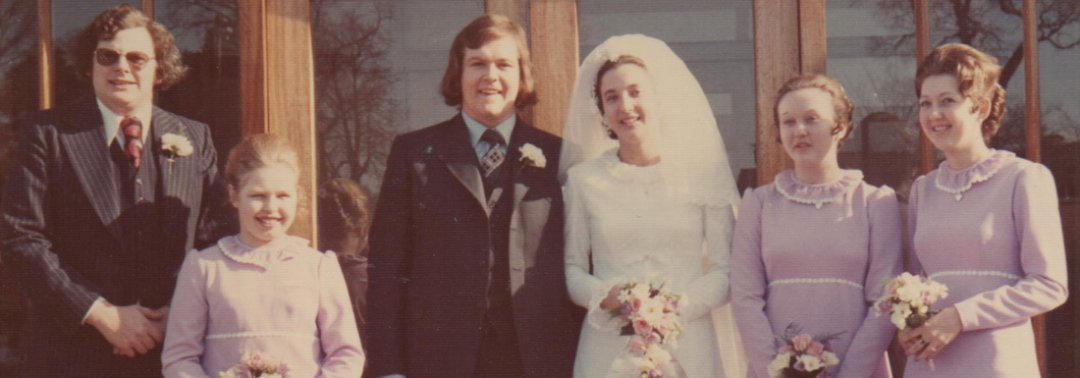
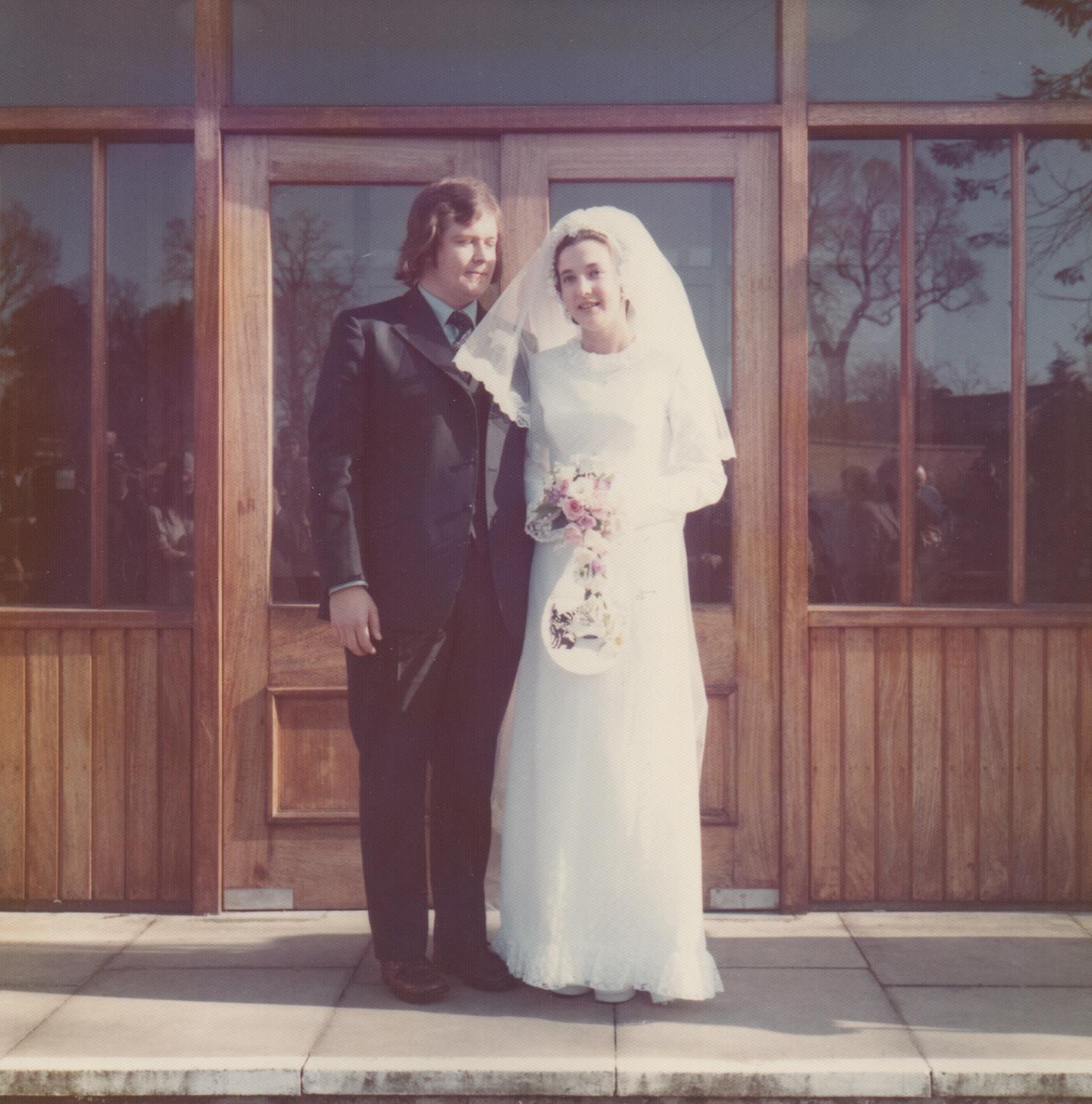
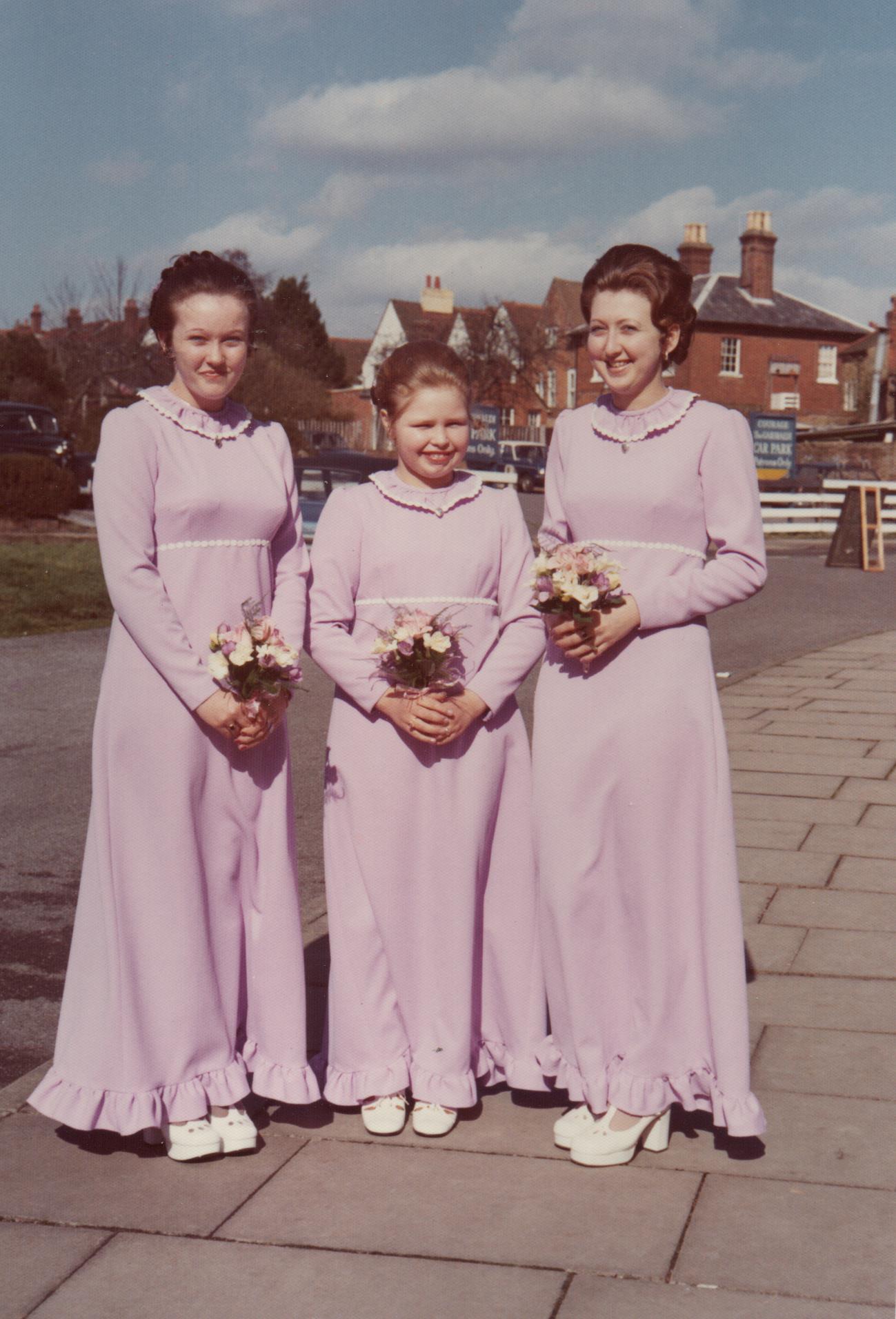
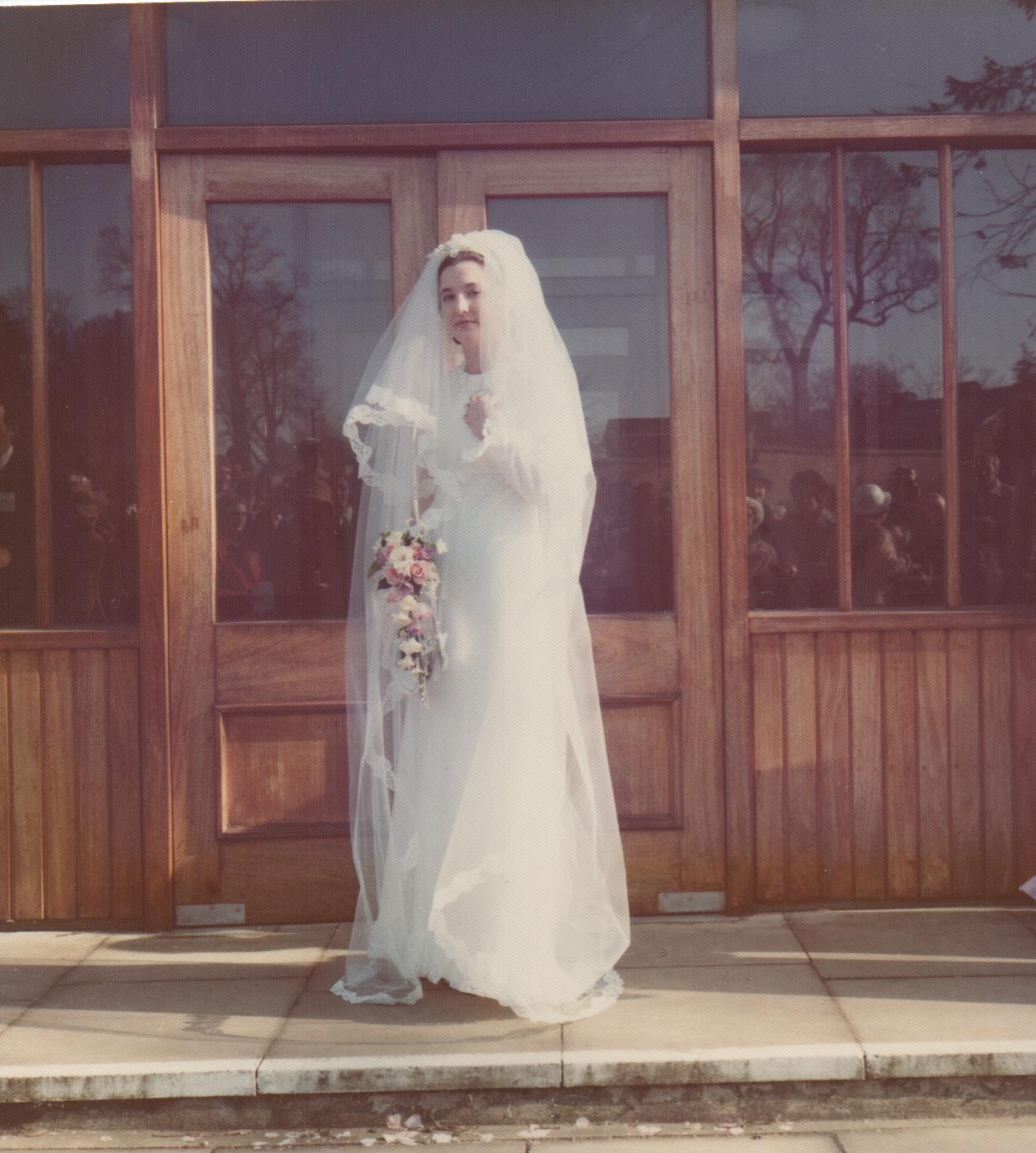
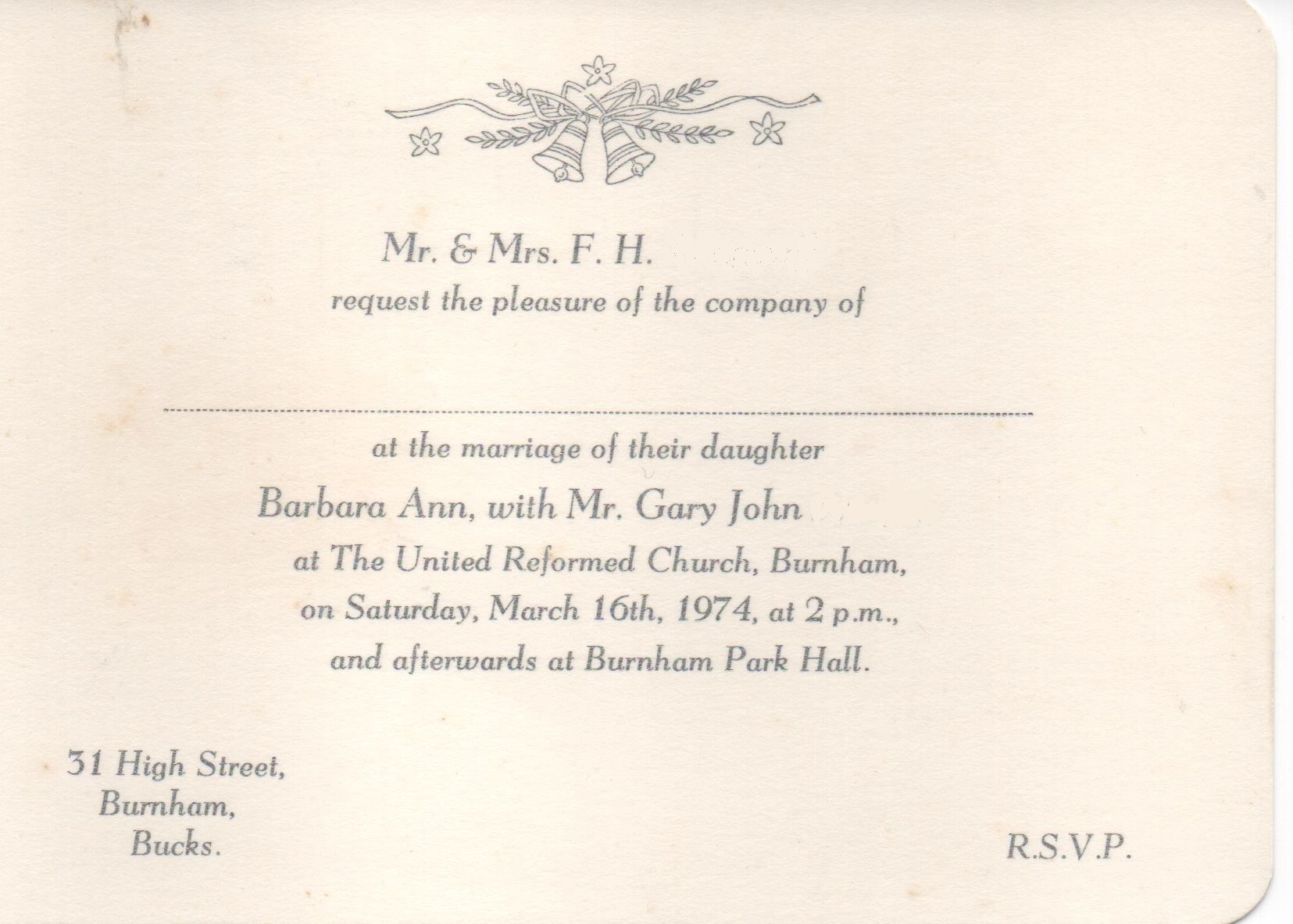
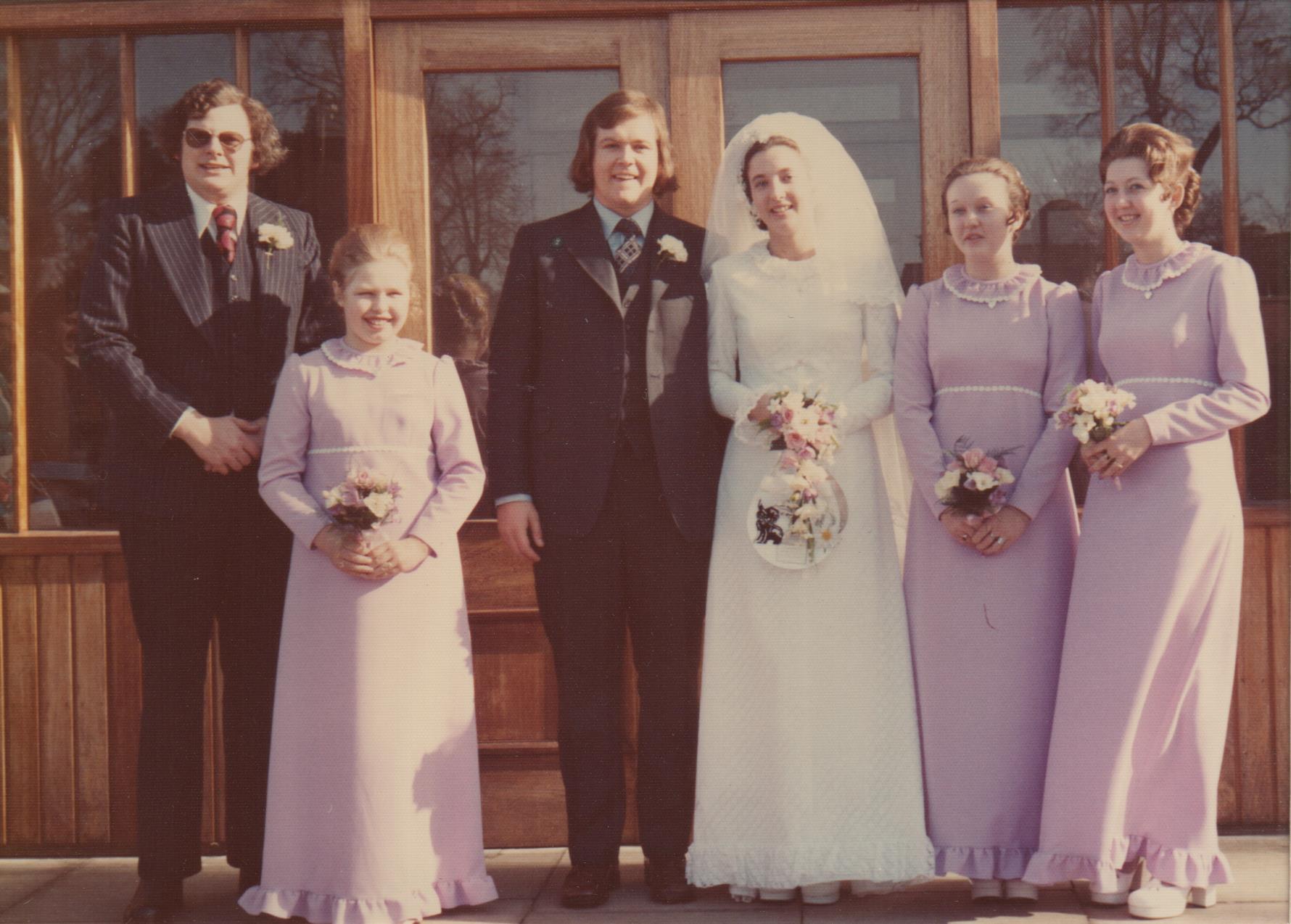
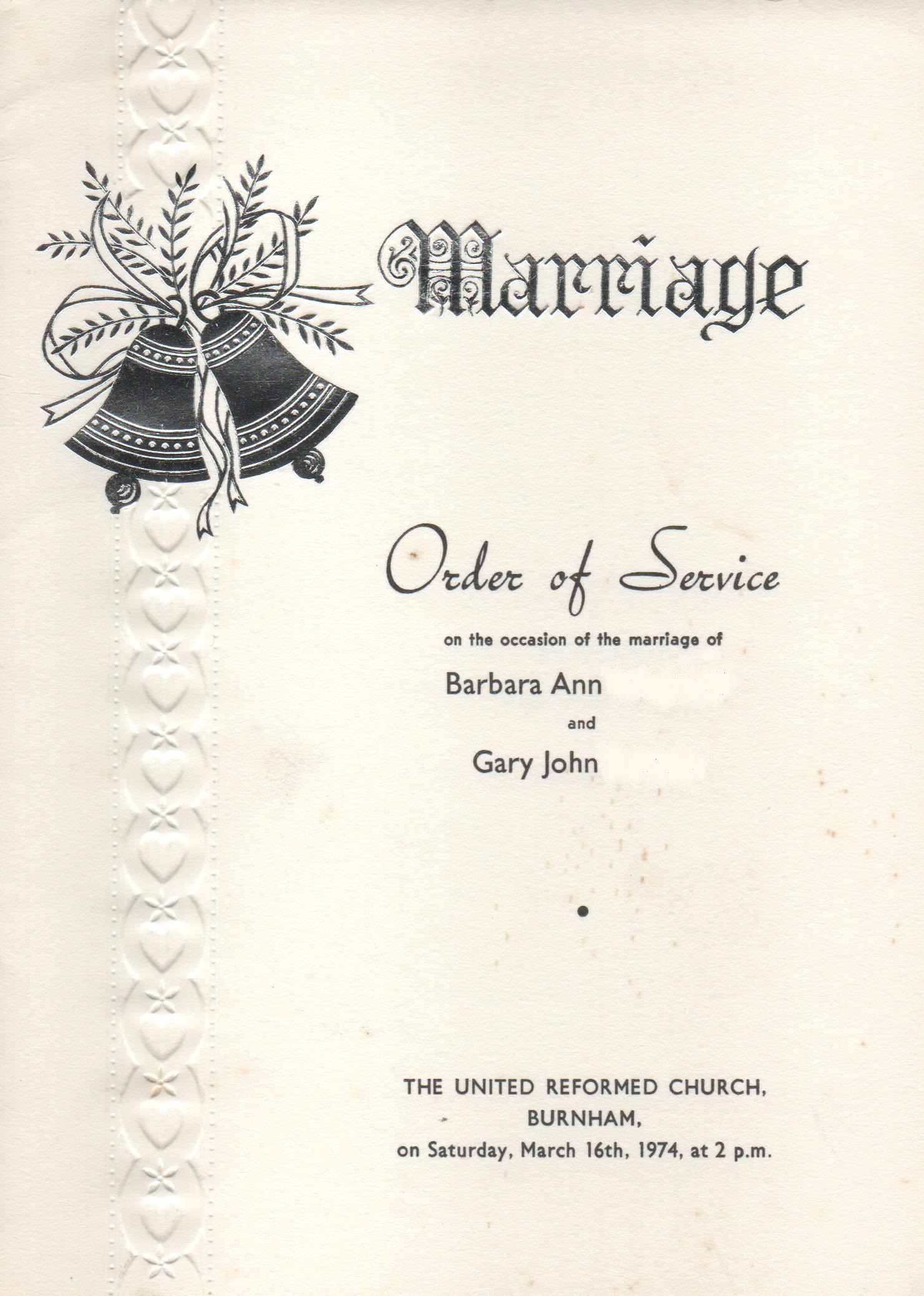
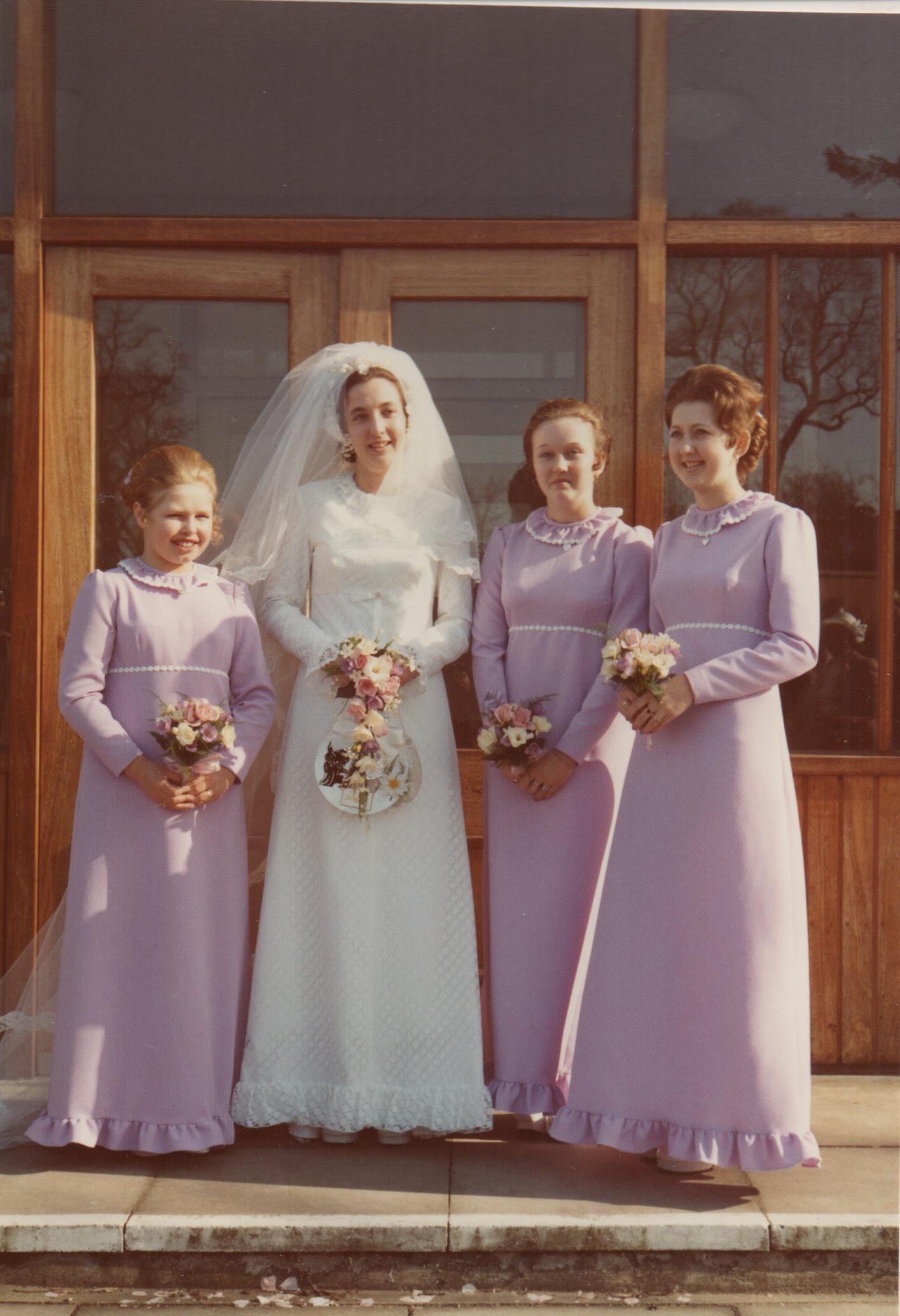
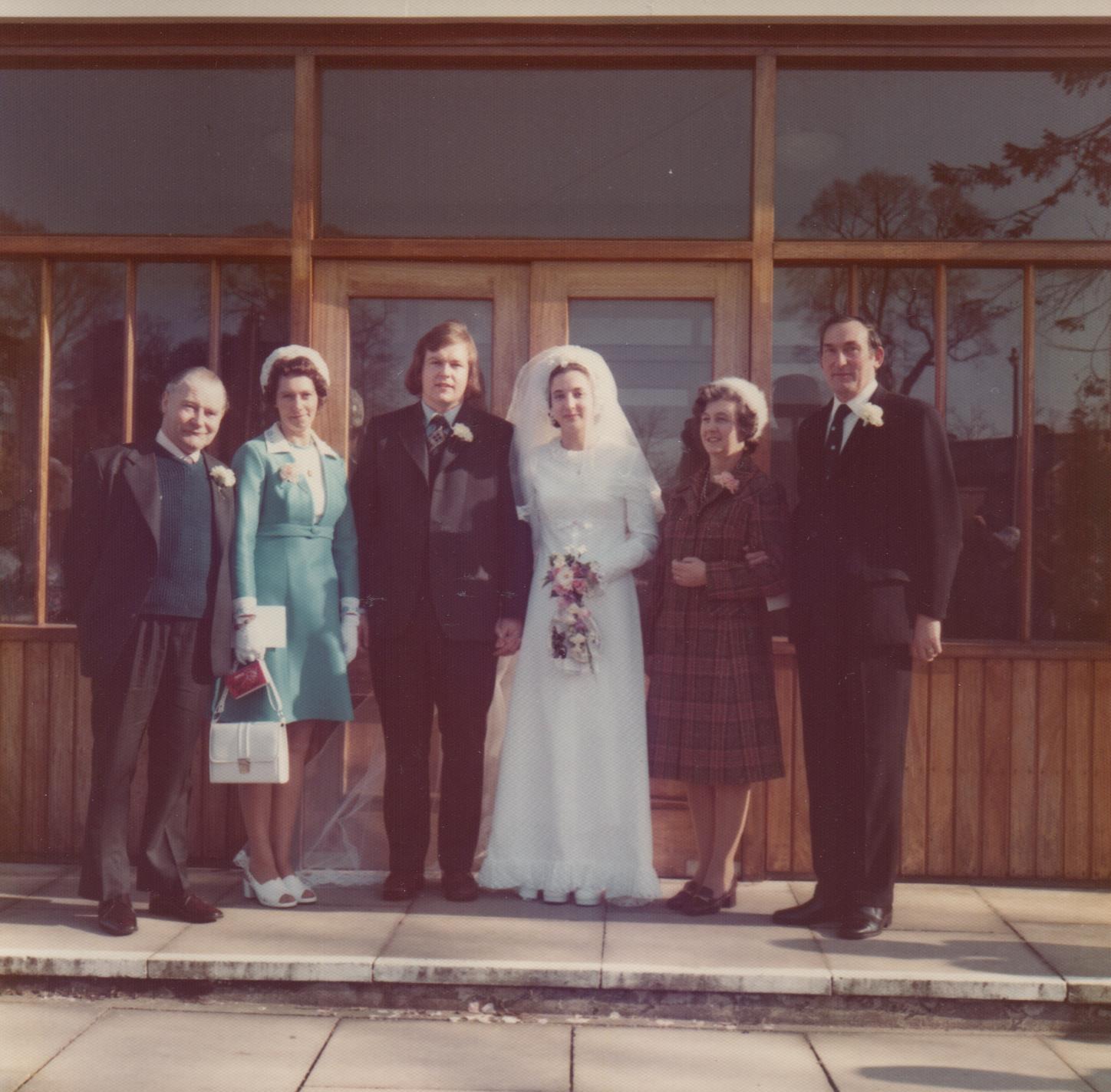
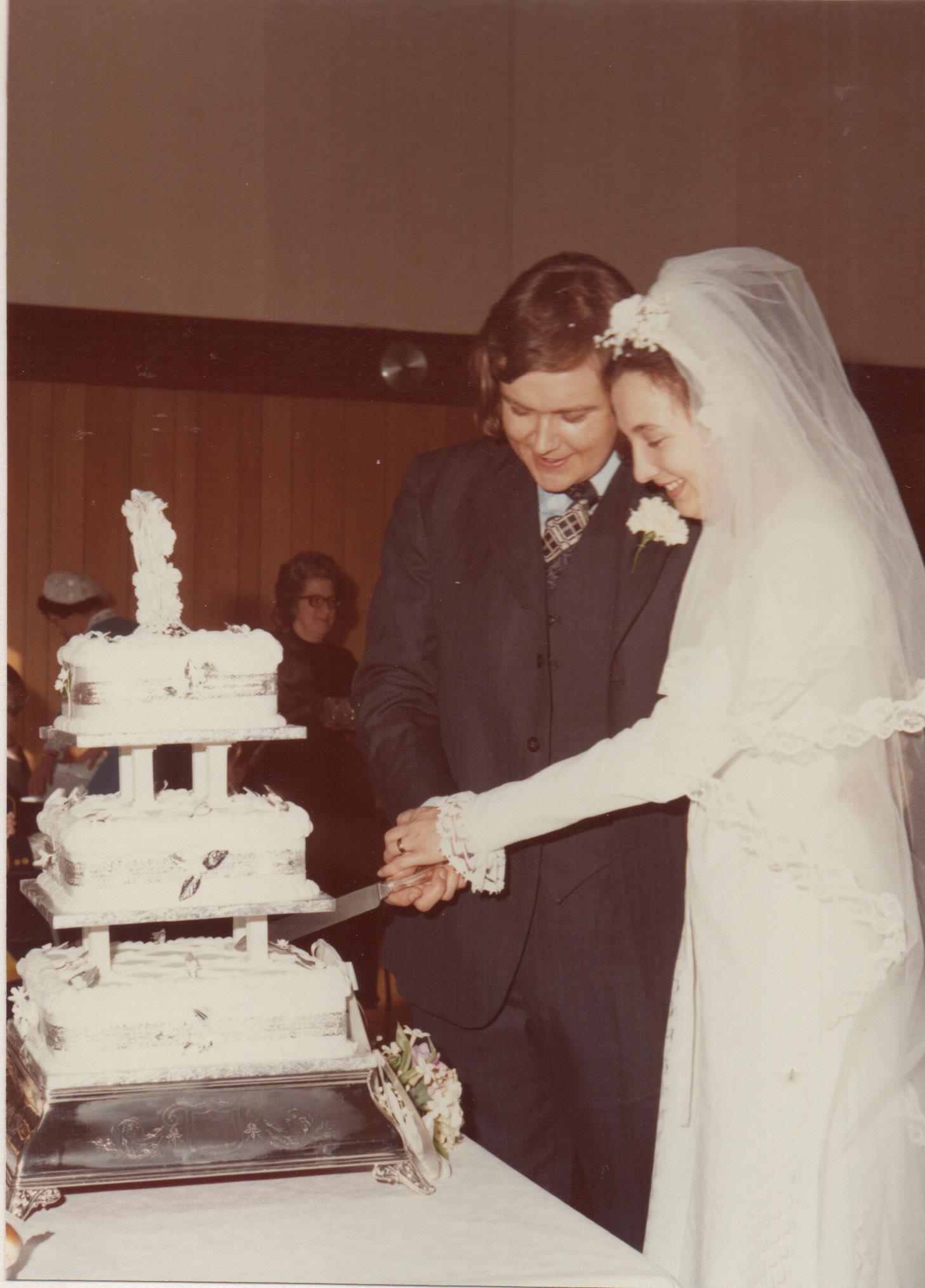
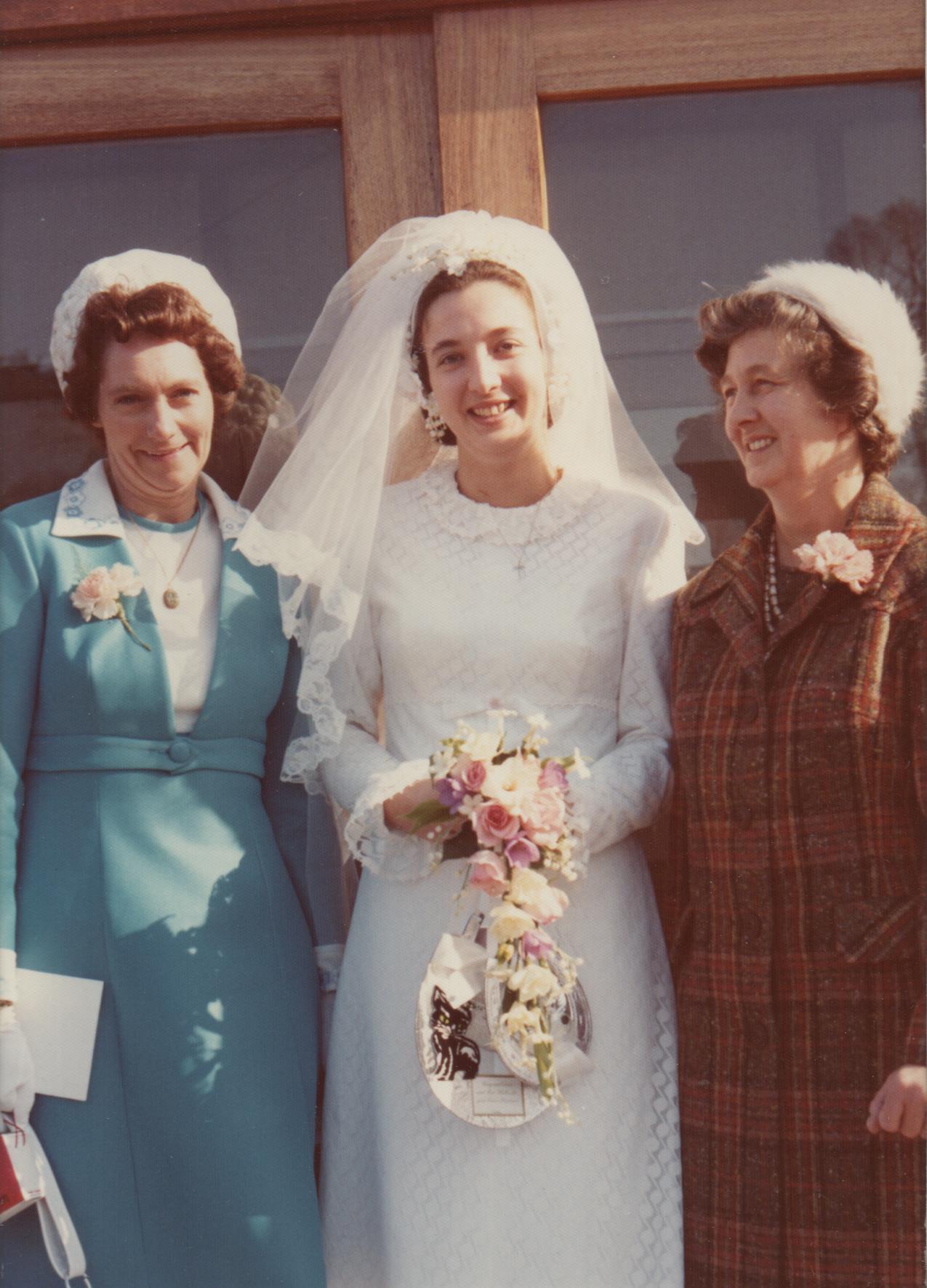
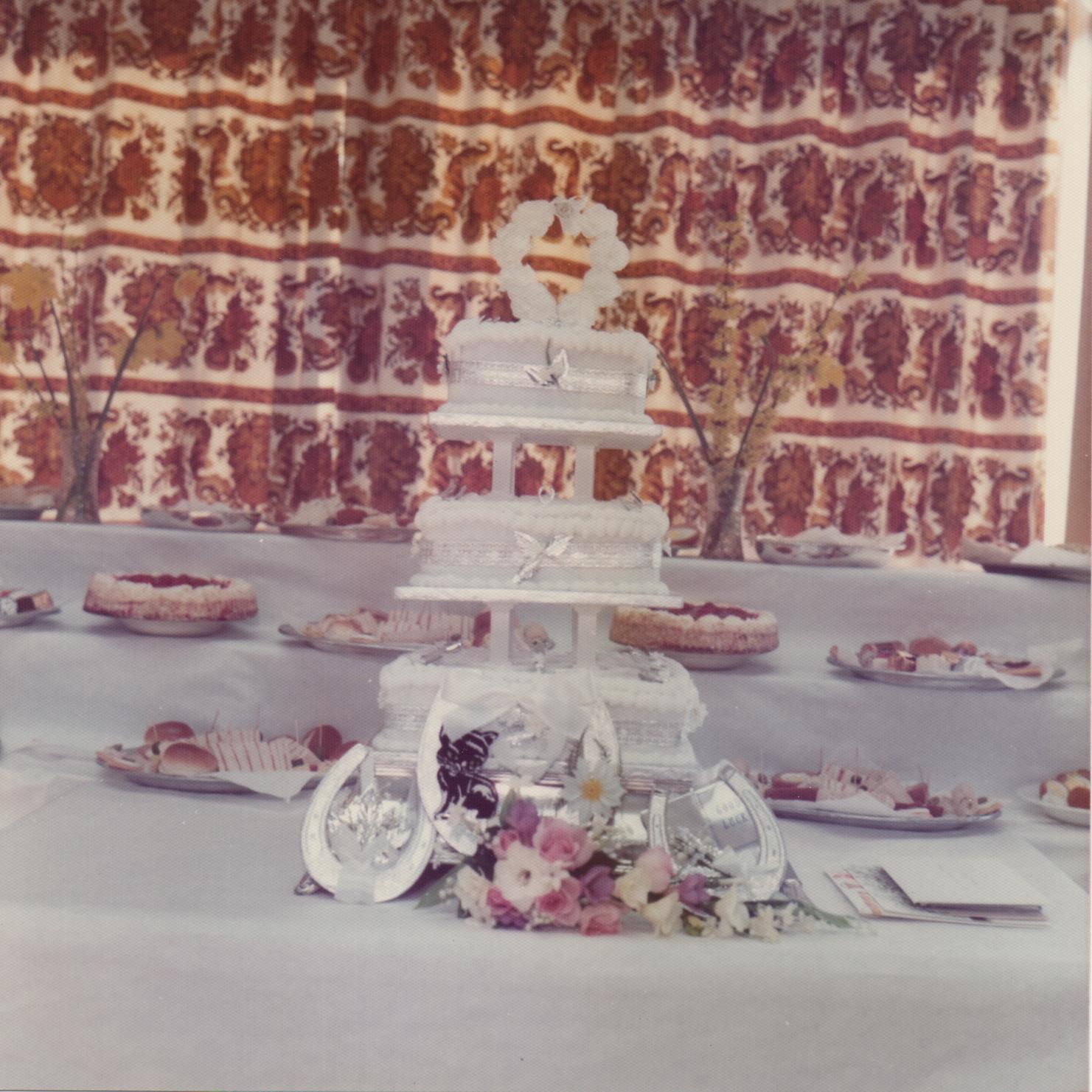
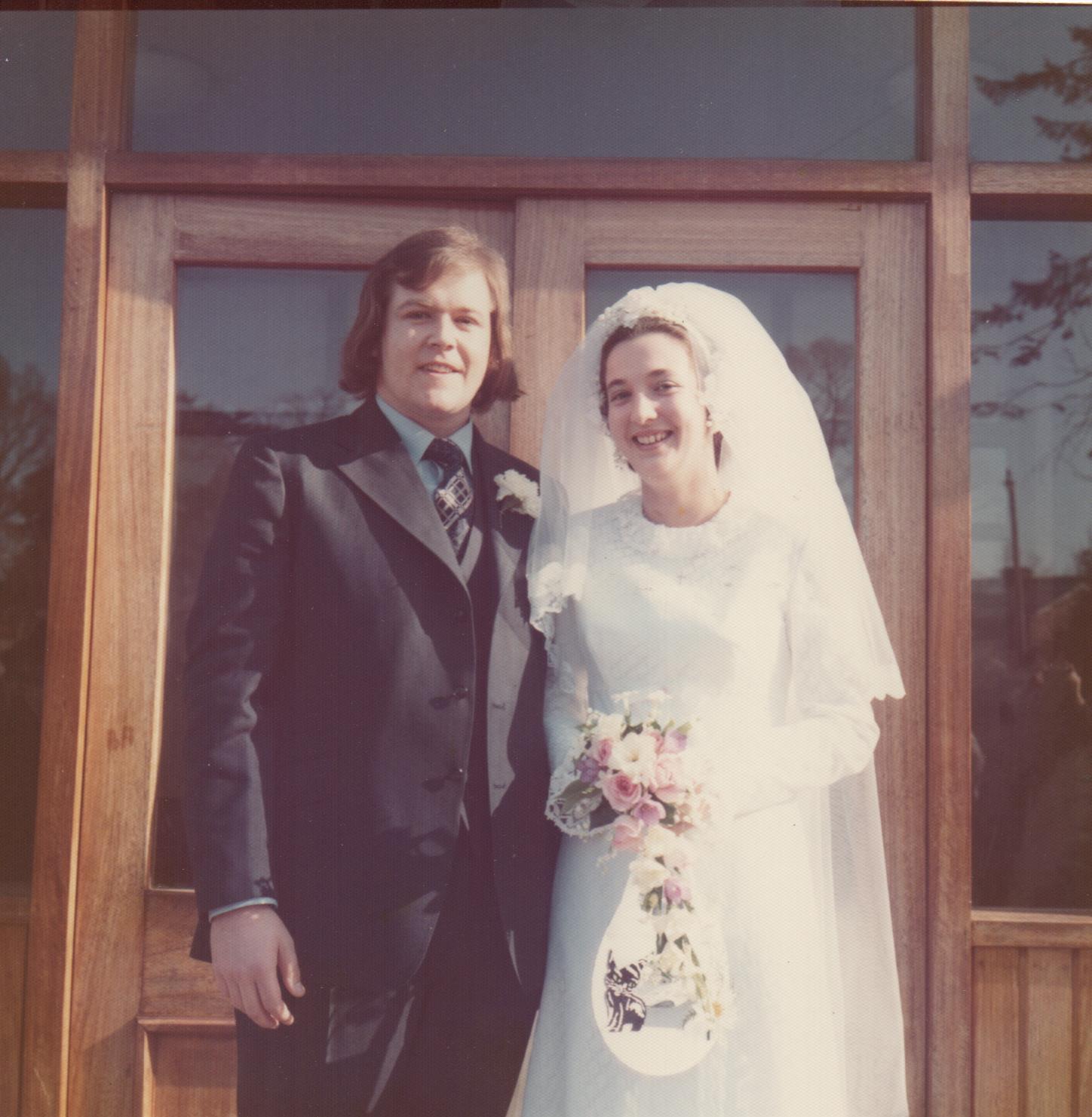
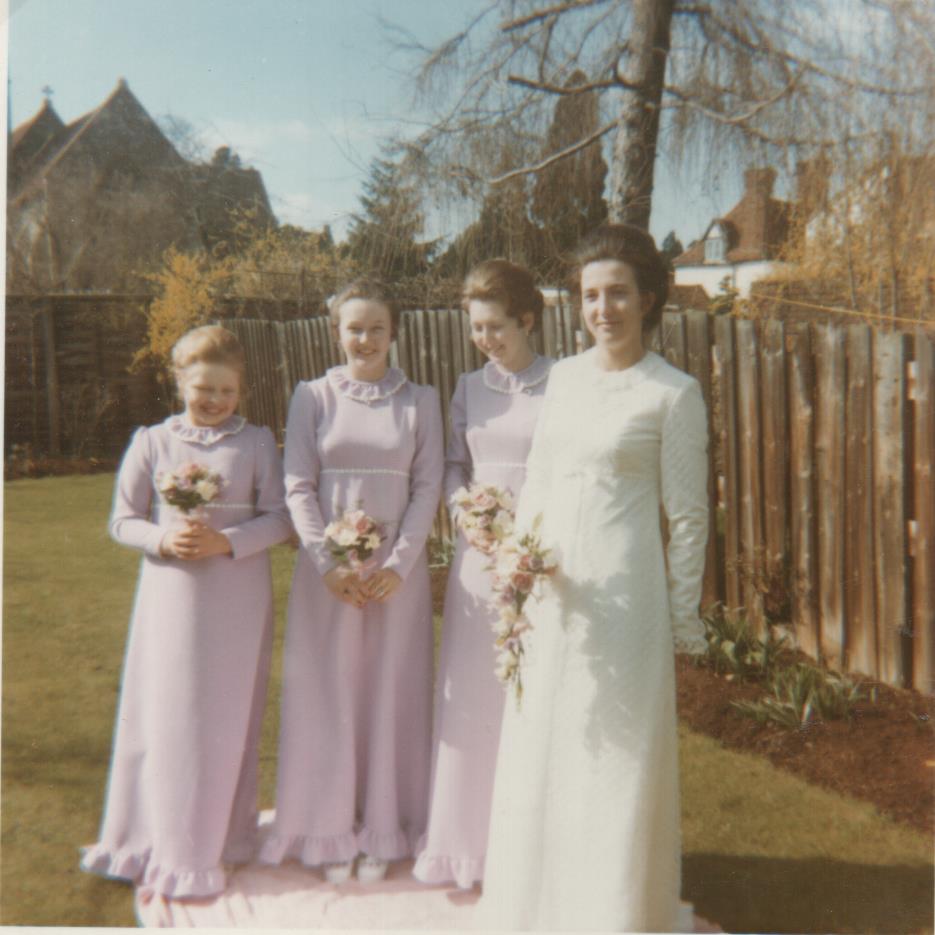
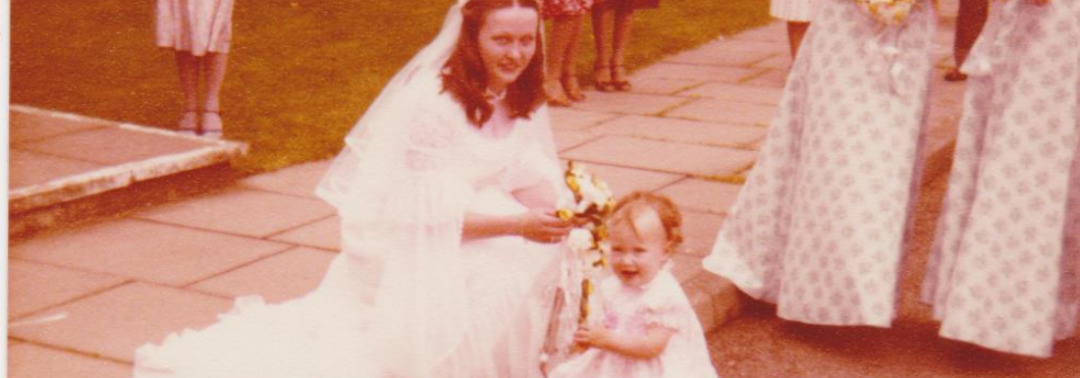

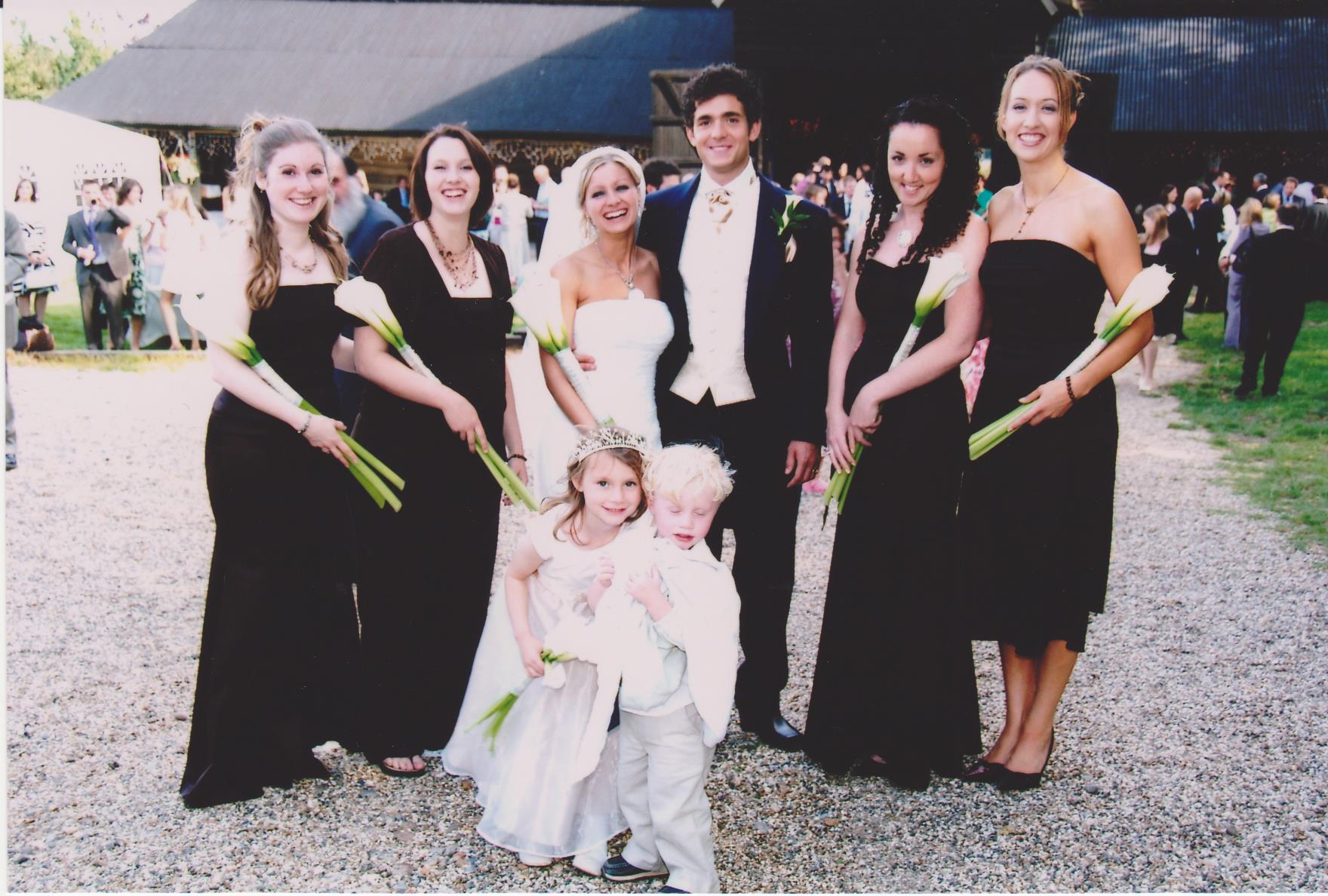
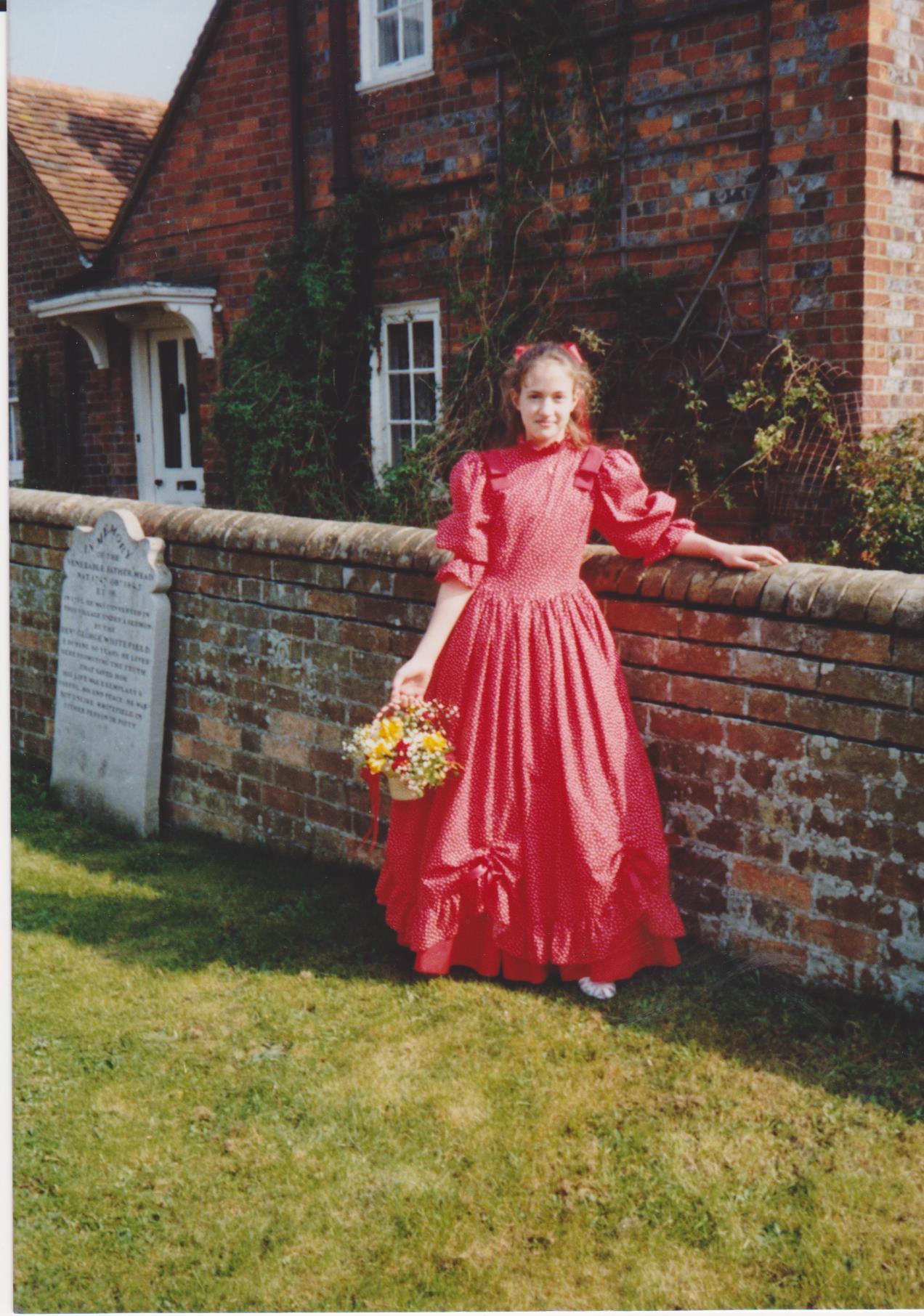
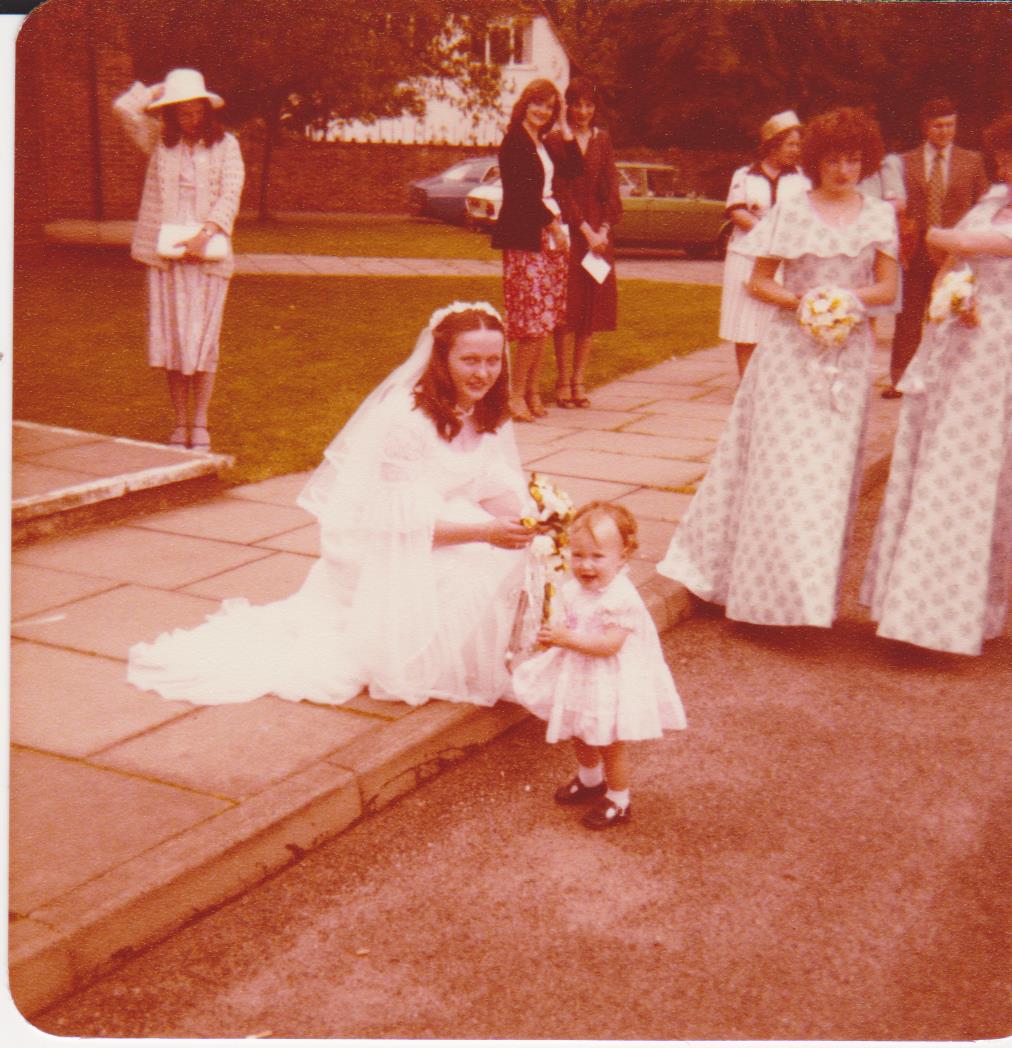
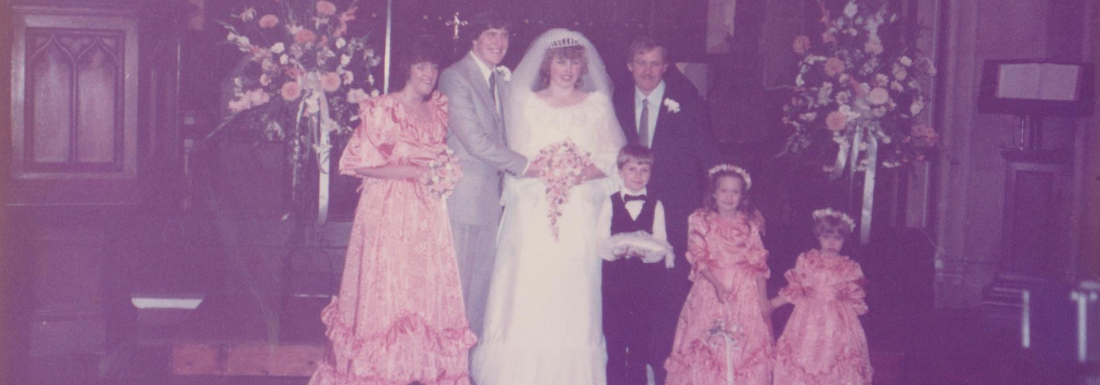
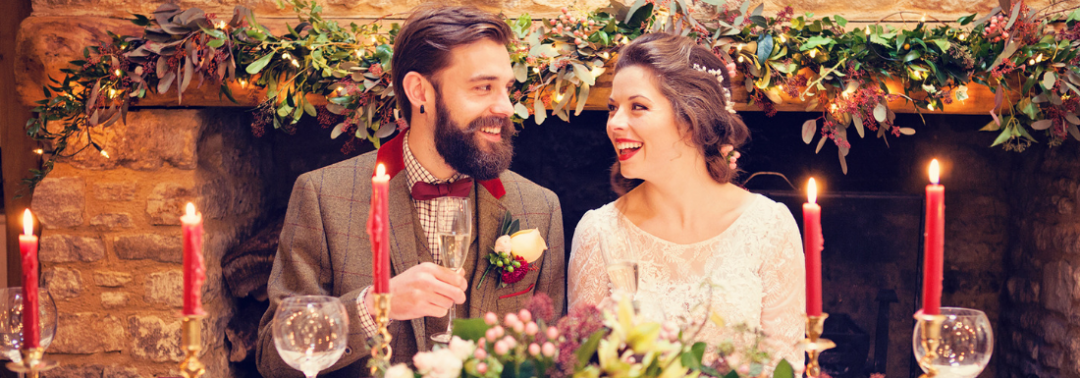

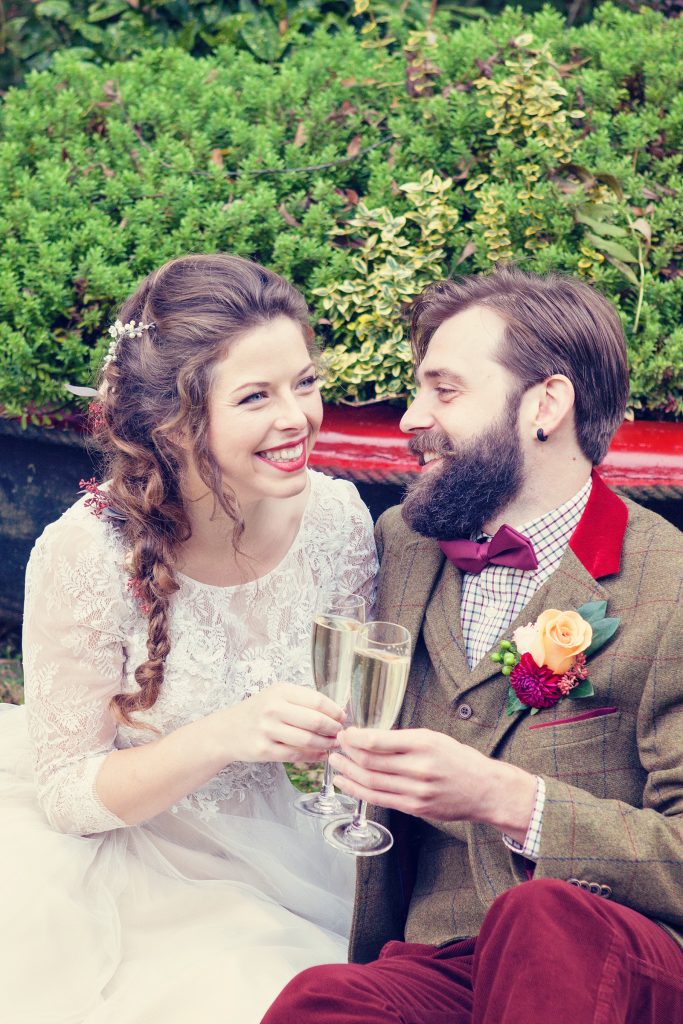
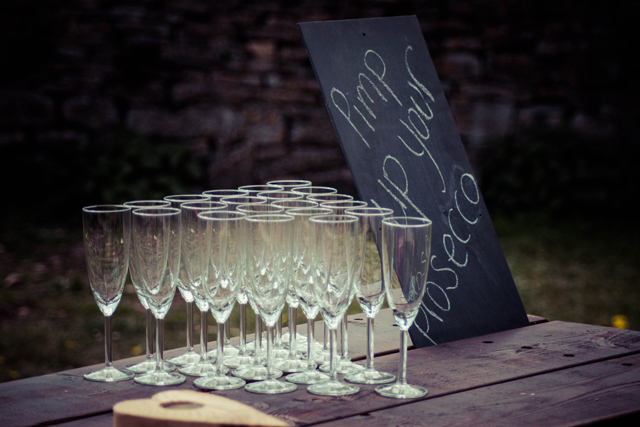
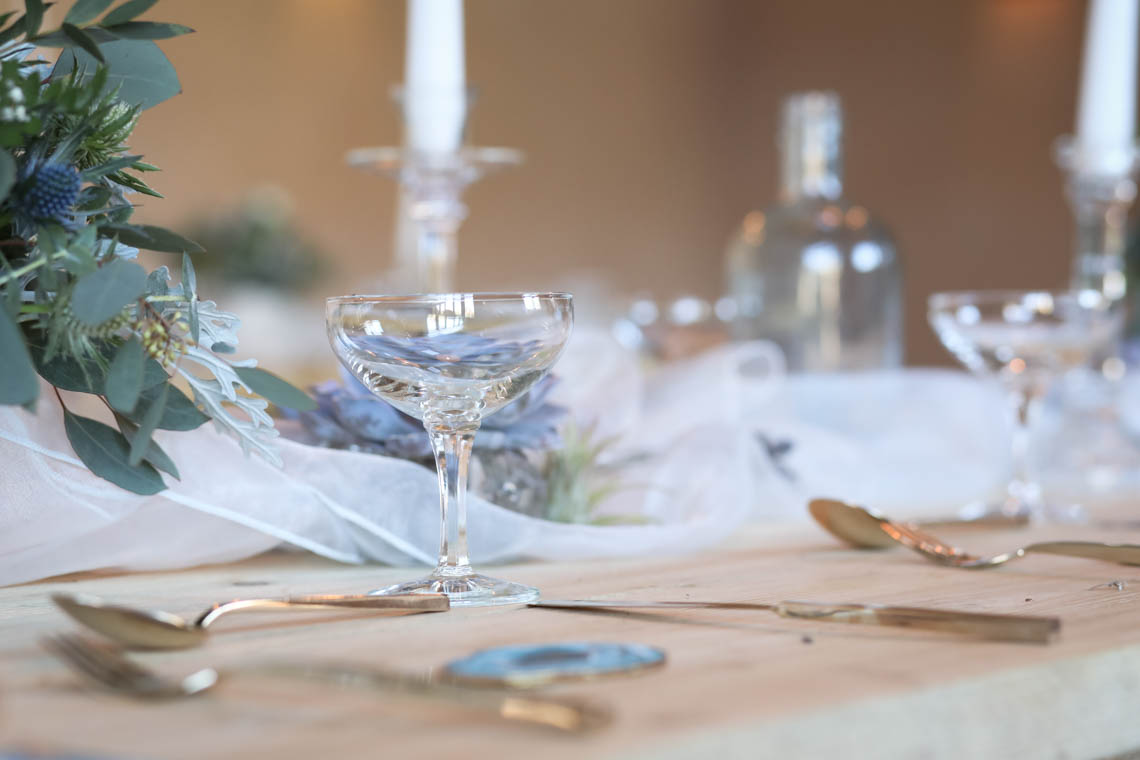
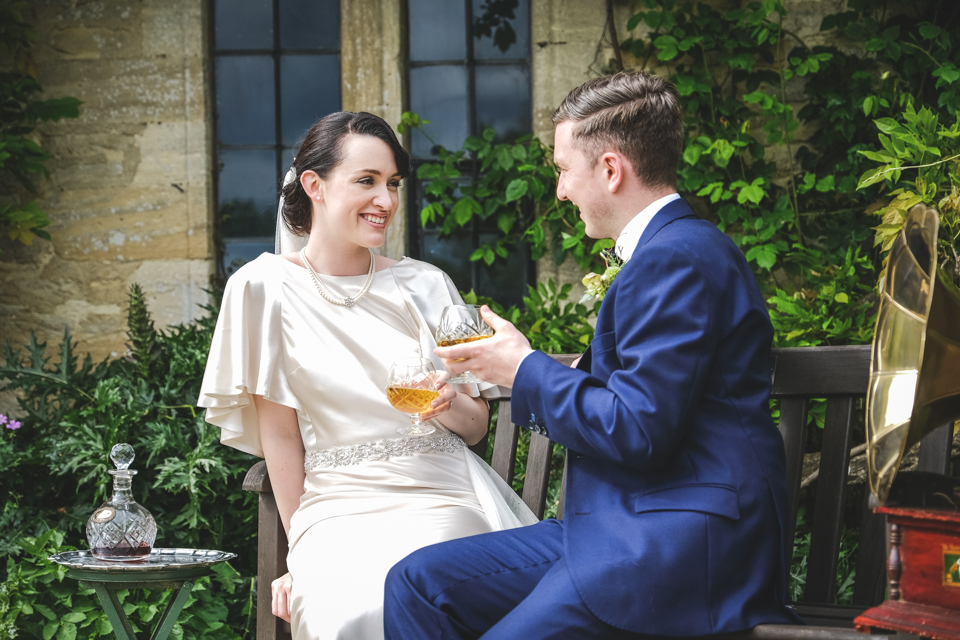


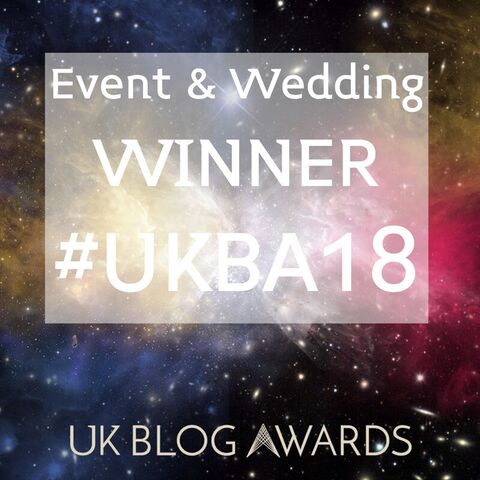
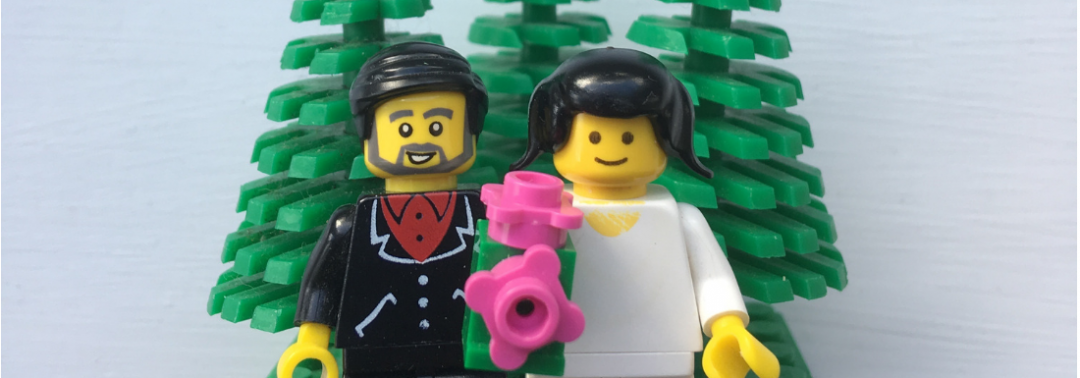
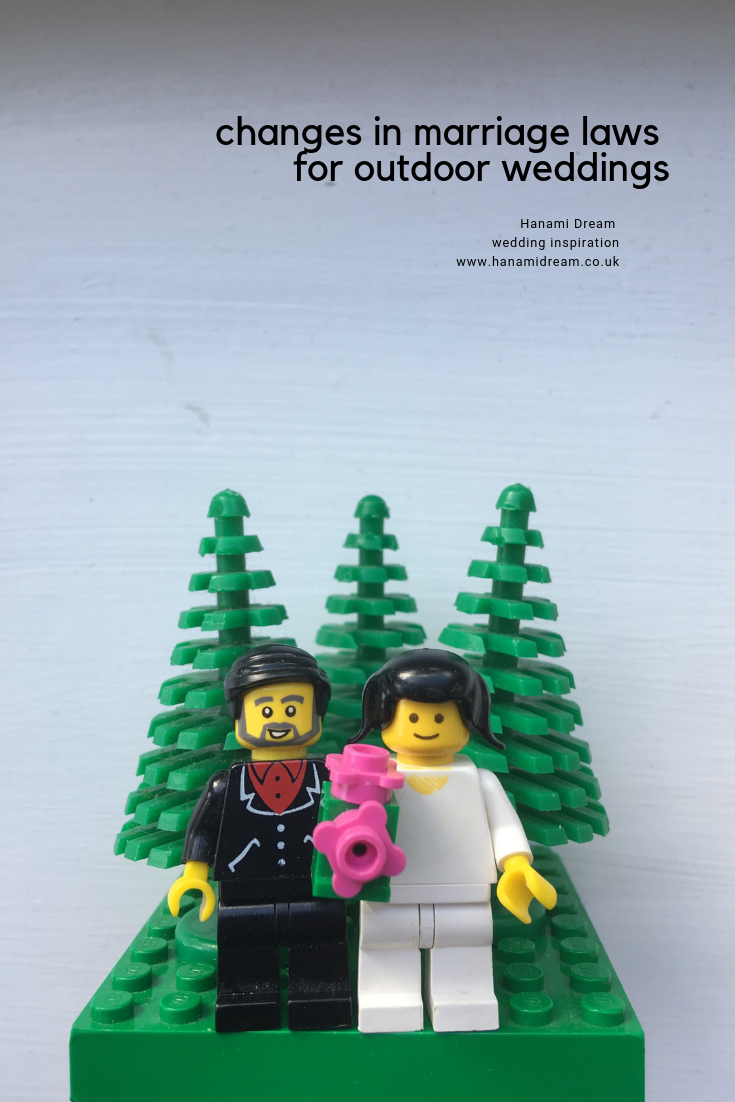
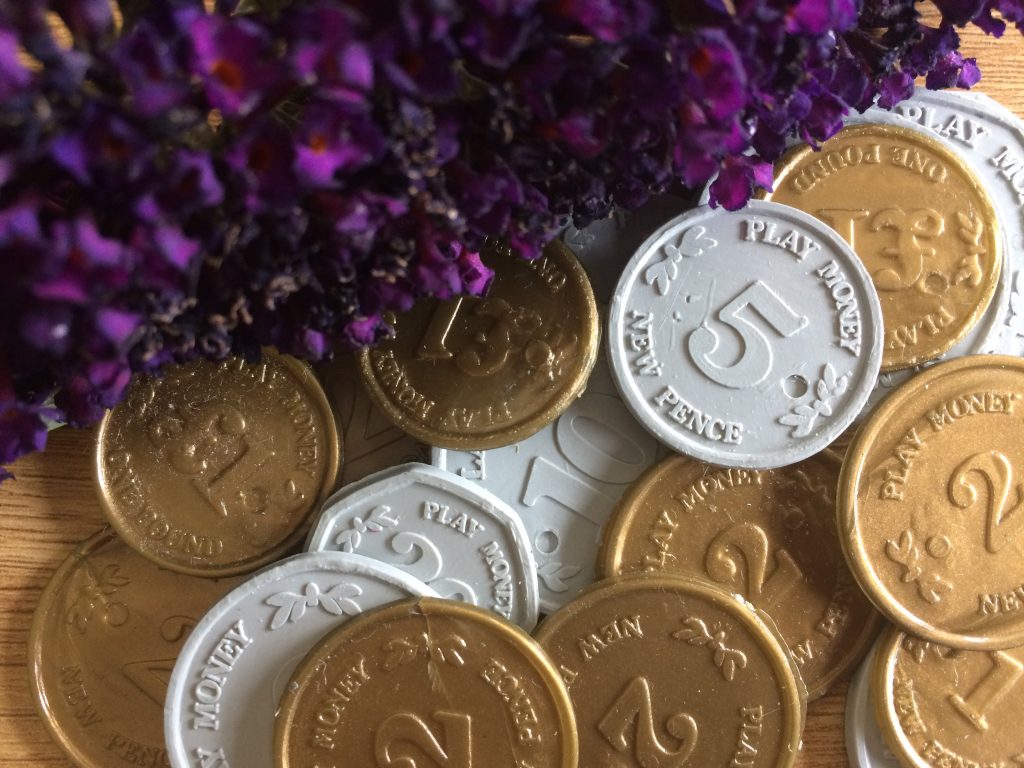
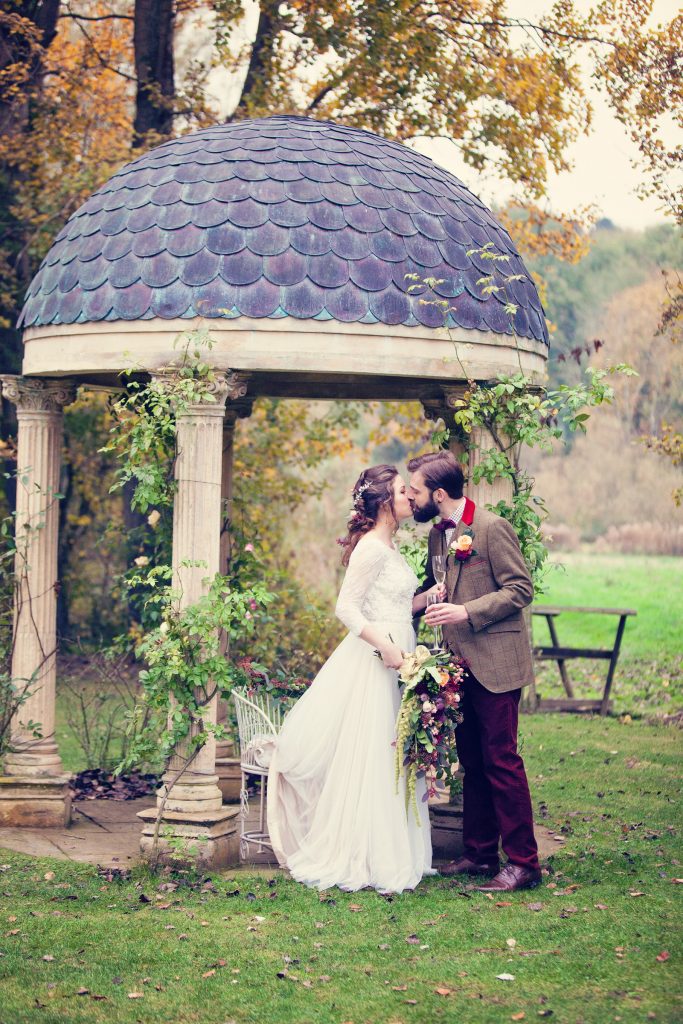
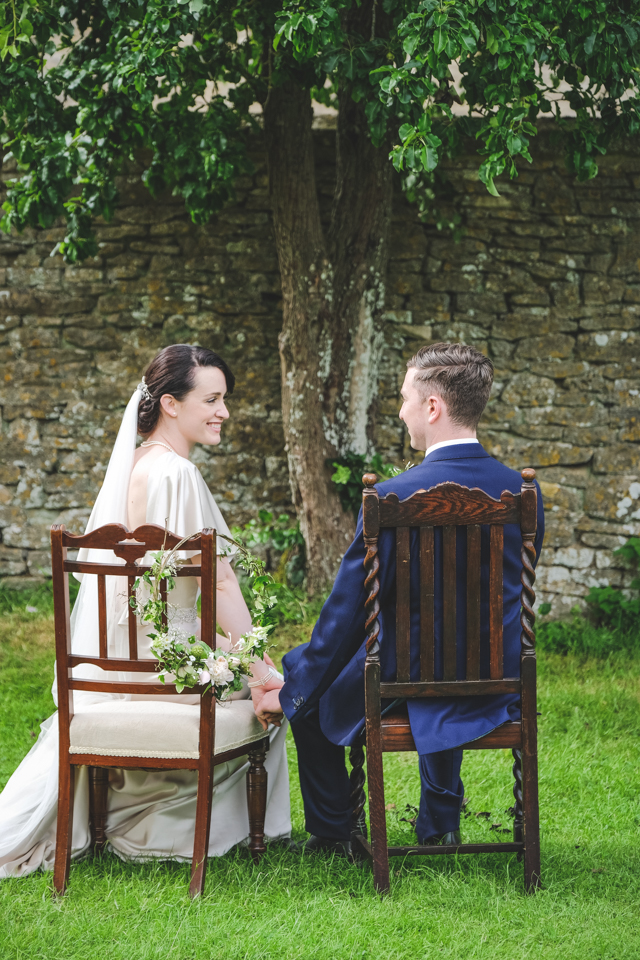
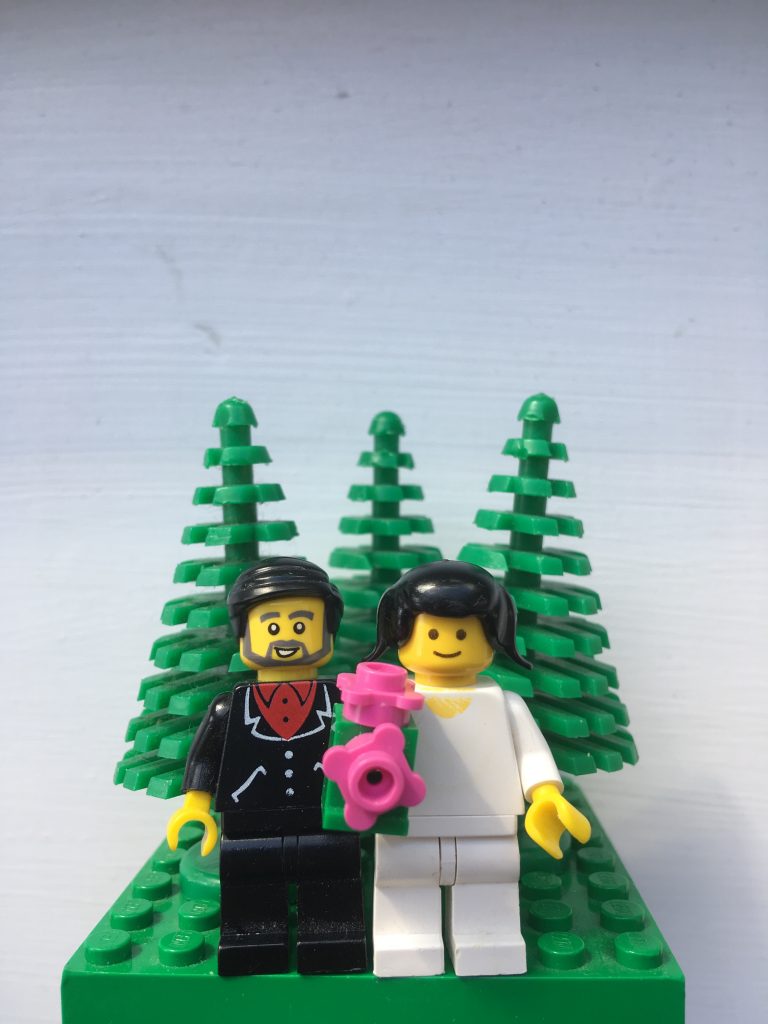 marriage law changes over the years
marriage law changes over the years